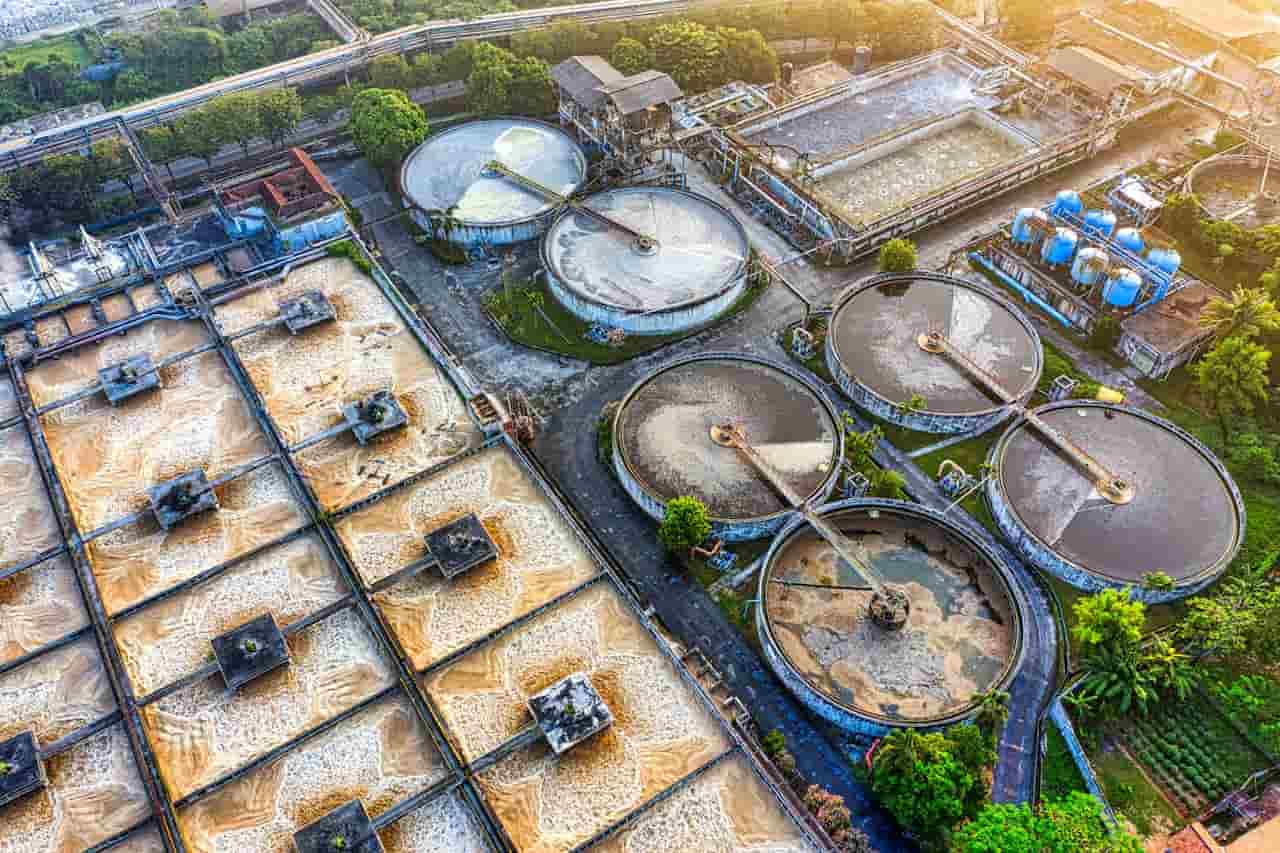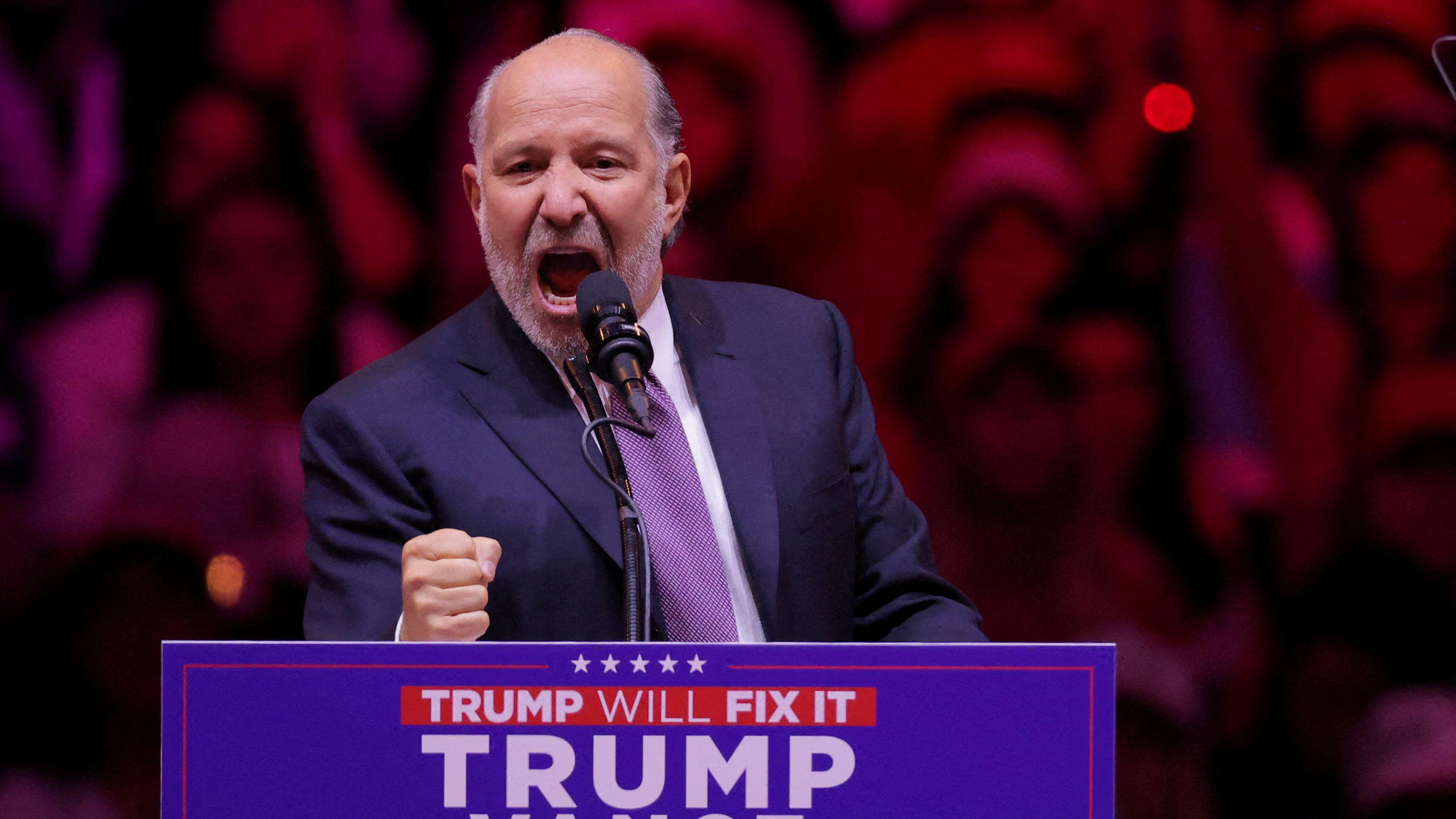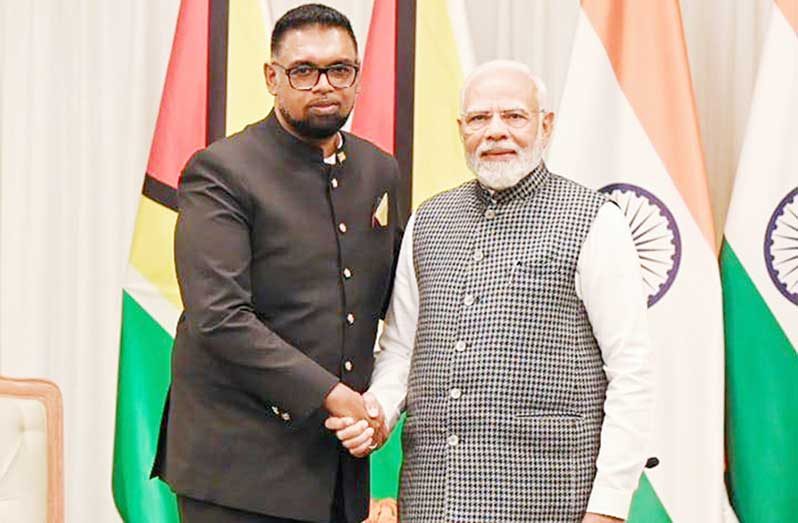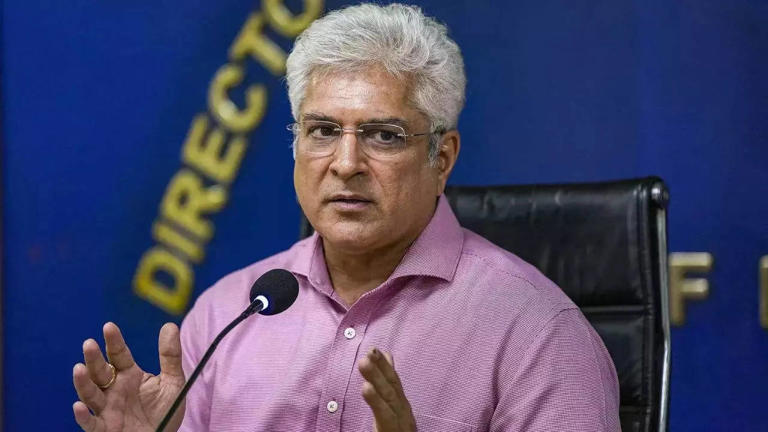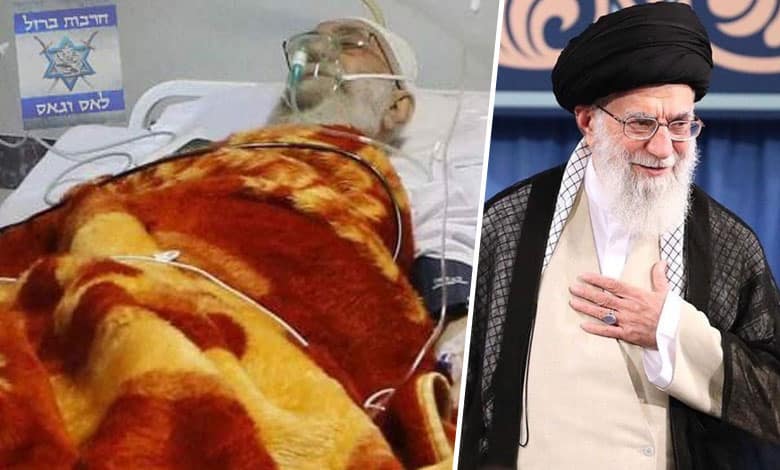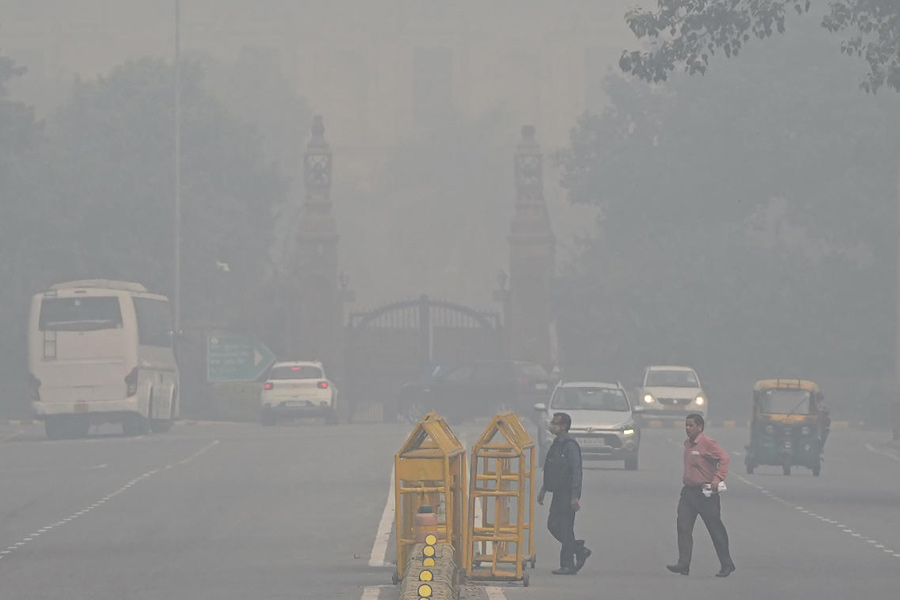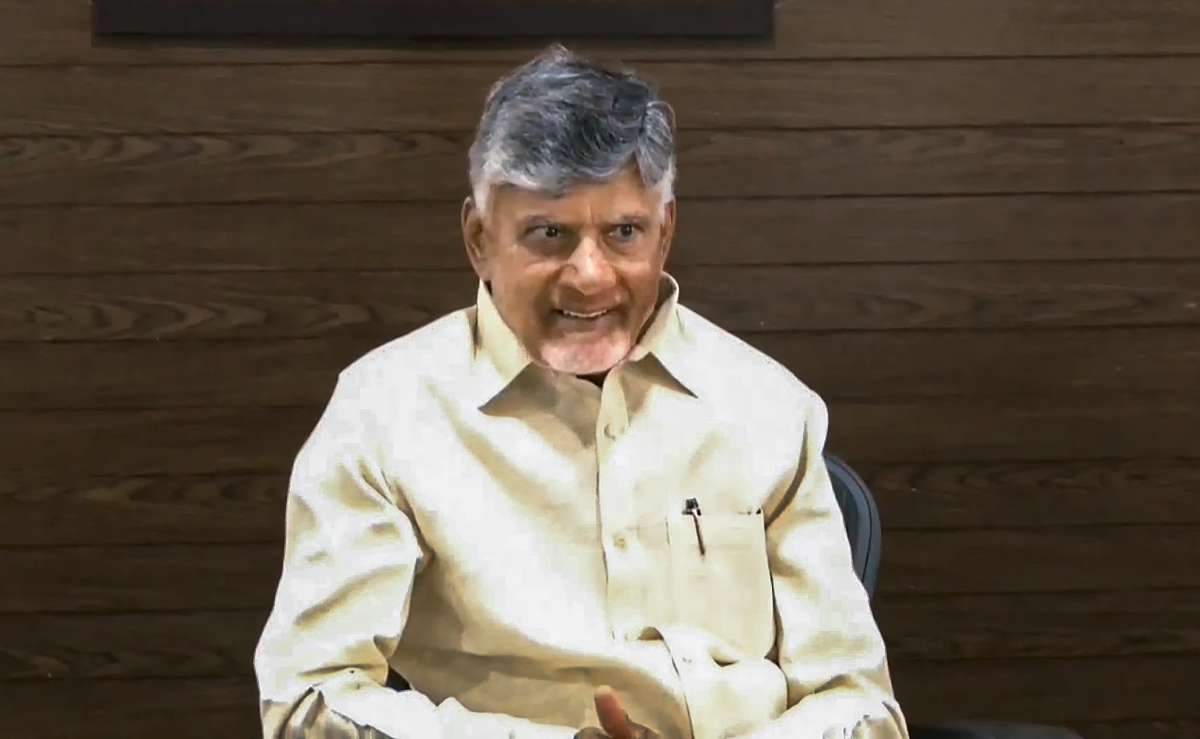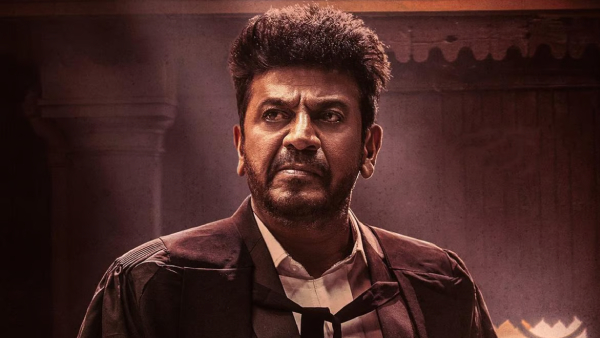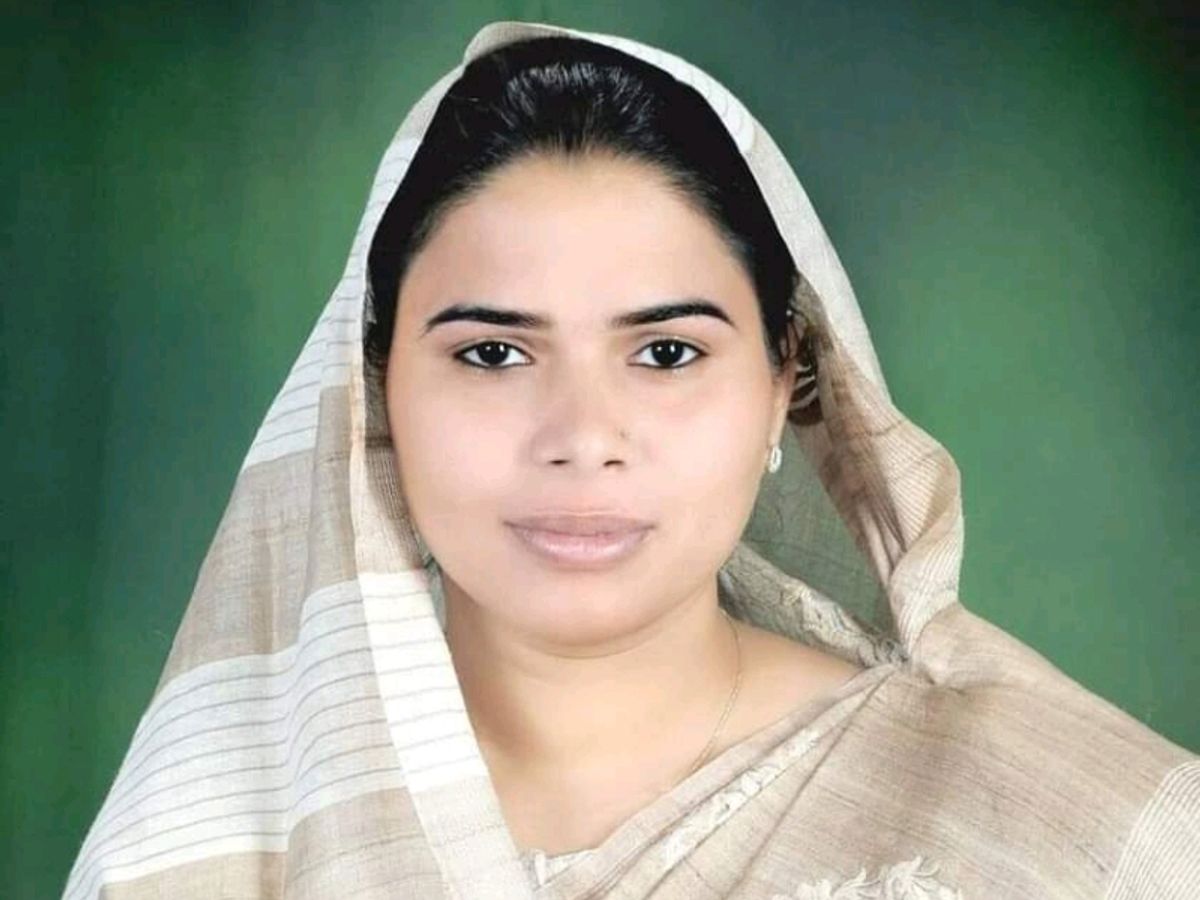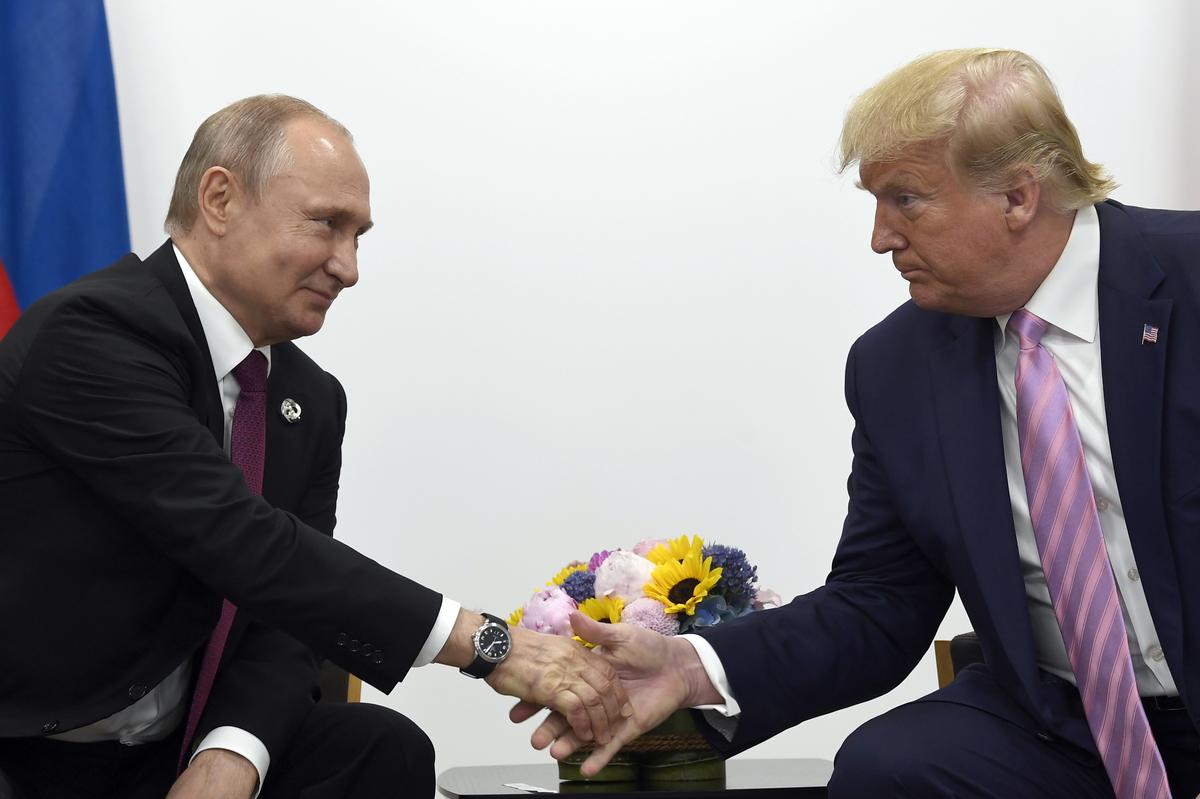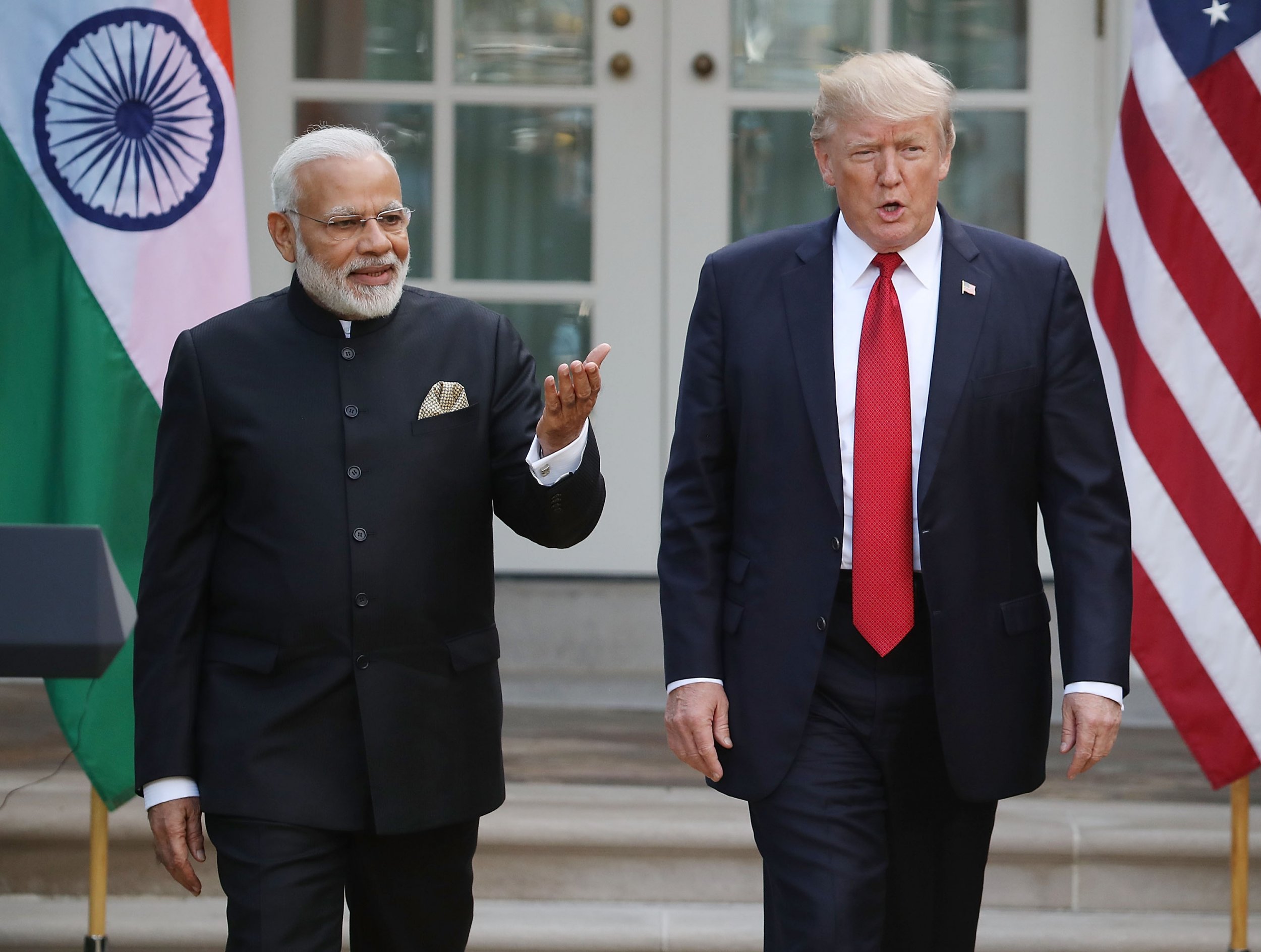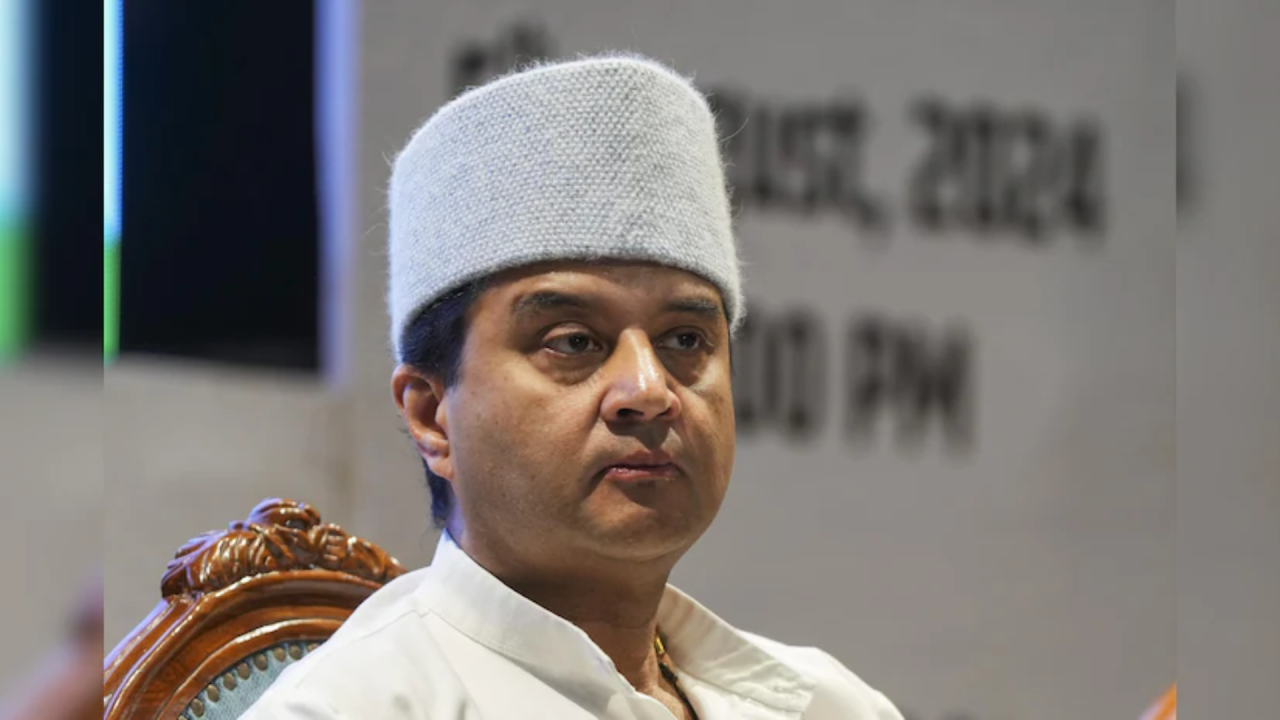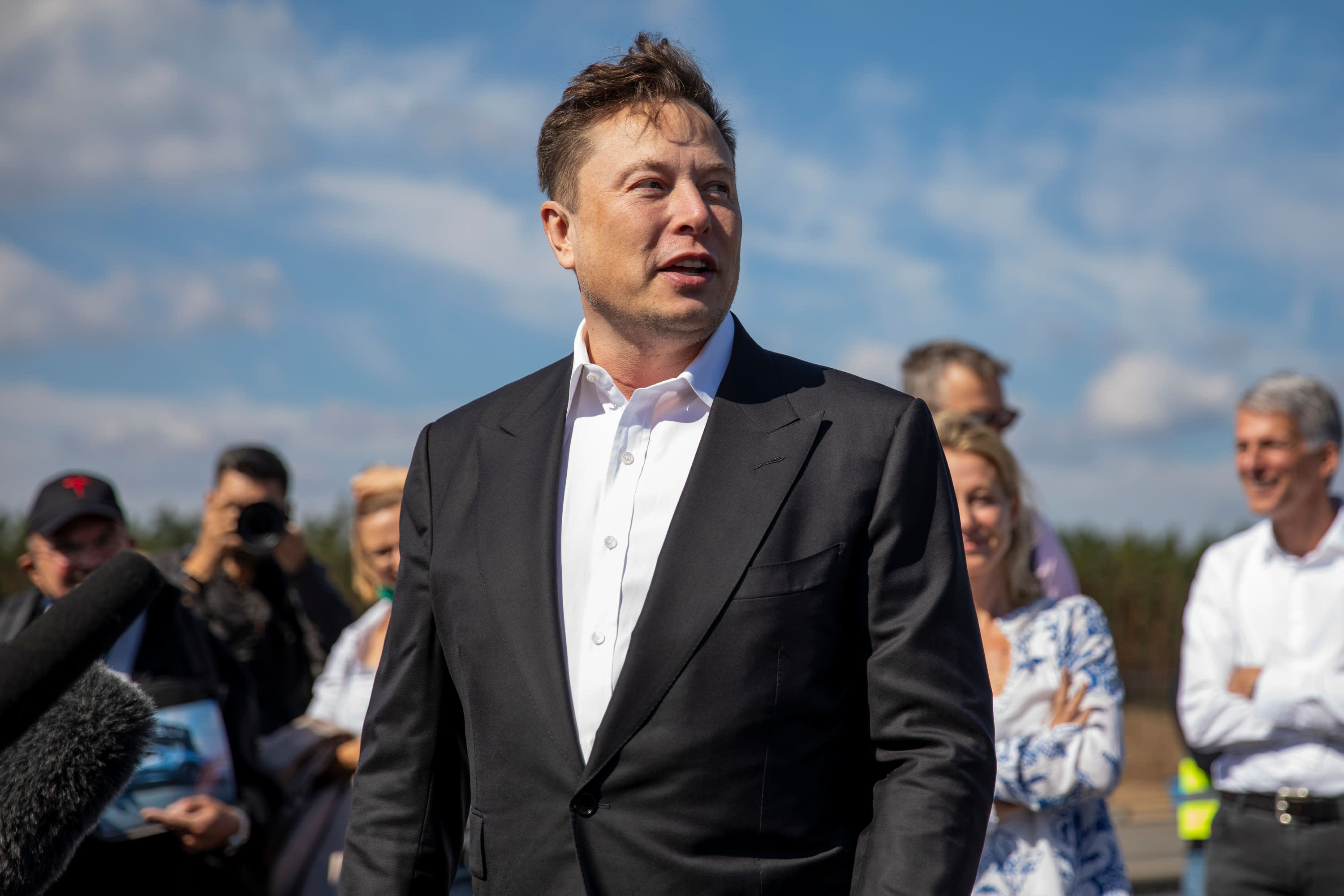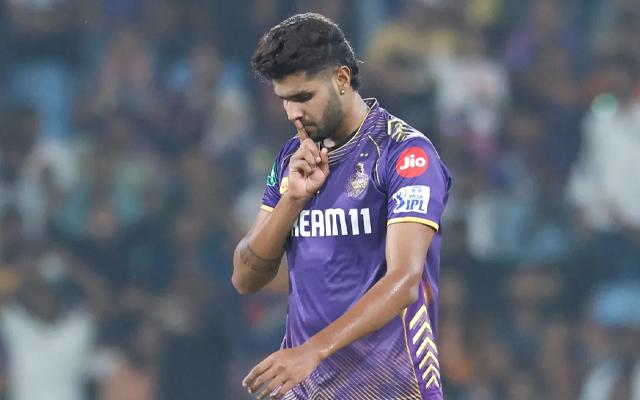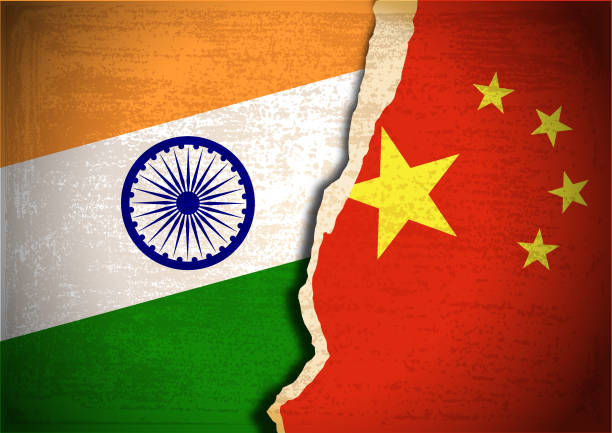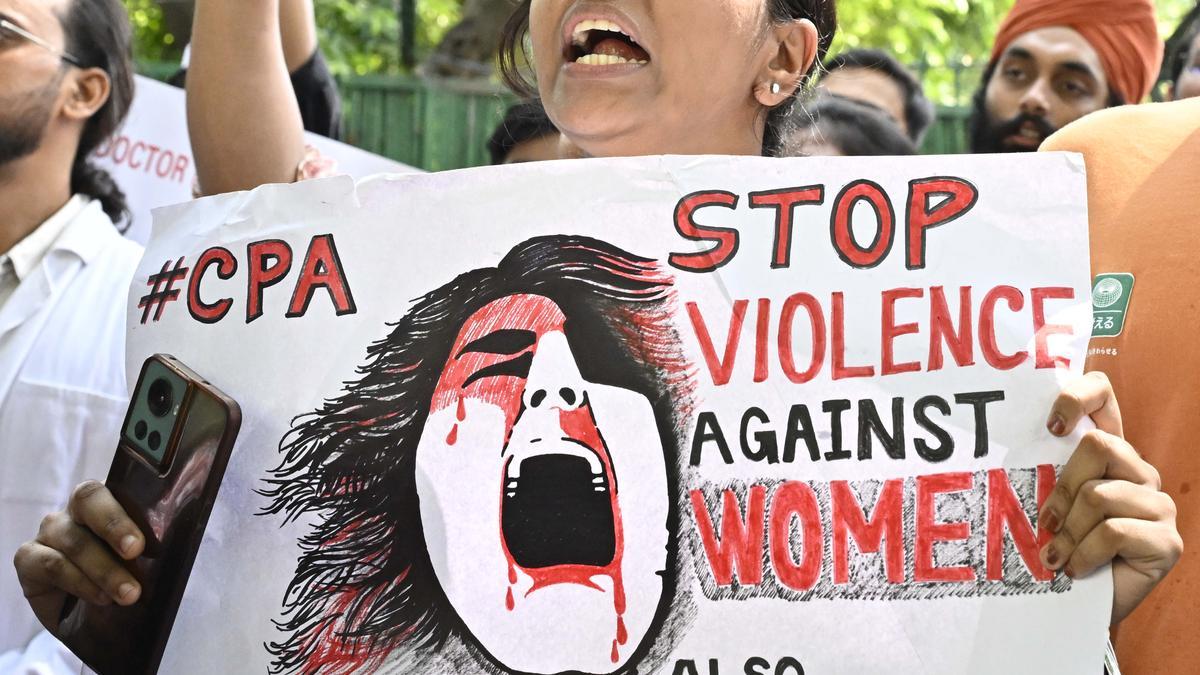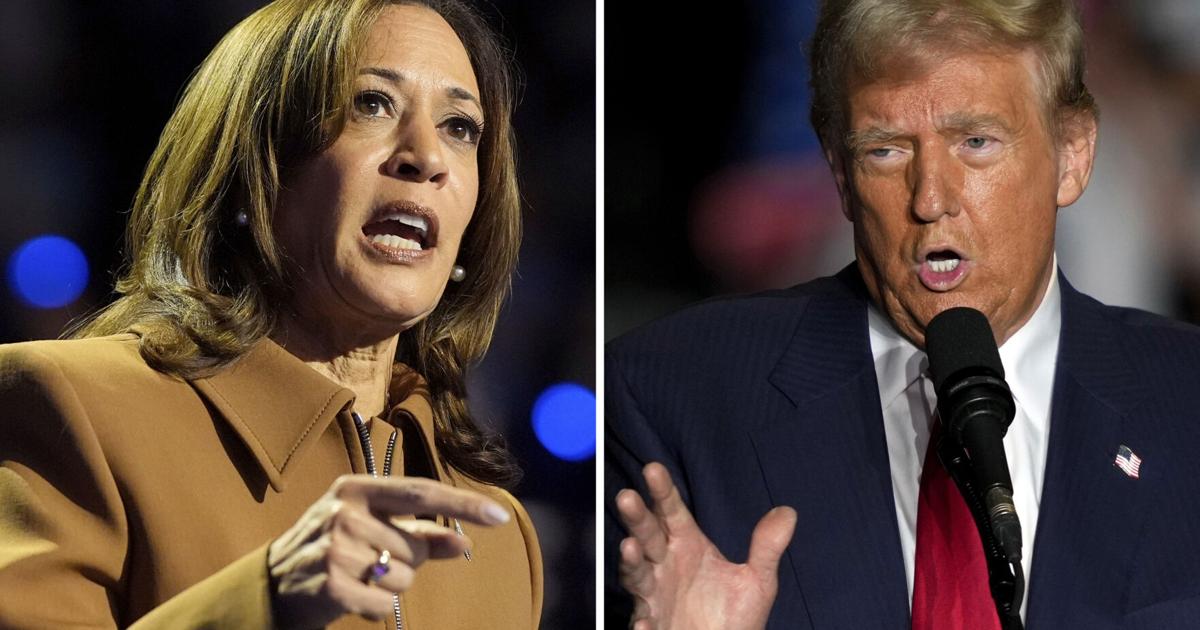Home / health-care / Bridging the Urban-Rural Healthcare Divide: A Path
Bridging the Urban-Rural Healthcare Divide: A Path
By: My India Times
4 minutes read 86Updated At: 2024-11-13
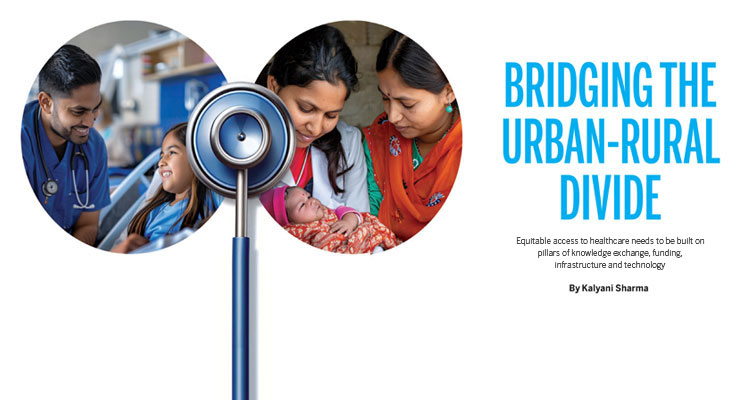
In India, the gap in healthcare quality and accessibility between urban and rural areas remains a critical challenge, impacting millions. While cities enjoy advanced hospitals, specialists, and cutting-edge technology, rural communities often face a shortage of doctors, lack essential medical facilities, and travel long distances for basic care. Closing this divide is not only about adding more infrastructure but also requires a deep understanding of community needs, knowledge sharing, strategic investment, and technological innovation.
The Reality of Rural Healthcare Access: Challenges and Personal Stories
For families in rural India, accessing timely medical care often means facing difficult choices and, in many cases, life-altering delays. Consider the story of Radha, a young mother from a village in Bihar. When her daughter fell ill with a high fever, Radha had to travel over 50 kilometers on rough roads to reach the nearest hospital with a doctor on duty. “By the time we arrived, her condition had worsened,†Radha recalls. “It makes me wonder if better healthcare was nearby, would she have been okay sooner?â€
Such experiences are all too common. According to the National Health Profile 2022, rural hospitals comprise only 36.5% of total hospital beds, while urban hospitals hold 63.5%. Given that approximately 70% of India’s population lives in rural areas, this distribution leaves rural communities underserved and vulnerable. In fact, the doctor-to-patient ratio in many rural regions is as stark as 1:25,000, far from the World Health Organization's recommended 1:1000.
Learning Across Contexts: Urban-Rural Knowledge Exchange and Adaptation
Despite these disparities, there is potential for positive change by fostering cross-learning between urban and rural healthcare practices. Dr. S. Gurushankar, Chairman of Meenakshi Mission Hospital and Research Centre, Madurai, points out that “healthcare in India varies significantly, but we can learn from each setting’s strengths.†Urban hospitals often benefit from research initiatives and state-of-the-art technology, while rural healthcare providers have honed skills in resourcefulness and preventive care. Bridging this divide could involve training urban doctors in rural-specific care techniques and creating exchange programs for rural healthcare workers to gain exposure to advanced medical practices.
The Role of Technology in Reaching Remote Areas
Technology is becoming an increasingly powerful tool in making healthcare more equitable. Telemedicine platforms, for instance, are providing virtual consultations to patients in distant villages, connecting them with specialists from major hospitals. Initiatives like the E-Sanjeevani program have already facilitated over 10 million consultations, saving countless patients from the burden of traveling long distances. By expanding these telemedicine services and subsidizing internet connectivity, rural communities could gain more consistent access to specialized care.
Additionally, portable diagnostic tools and AI-powered mobile health units could be game-changers for rural healthcare. These units can bring diagnostic testing to the doorsteps of patients, from monitoring blood pressure to conducting basic lab tests. These innovations make early detection of diseases possible, preventing complications and costly emergency interventions later.
Funding and Policy: Investing in Rural Health for the Long Term
Long-term funding commitments are essential to sustain progress in rural healthcare. The National Rural Health Mission (NRHM) has made strides in increasing healthcare access, but further investments are necessary to create new rural hospitals, modernize existing facilities, and improve medical equipment. Moreover, incentivizing doctors to practice in rural areas—by offering housing, education benefits for their families, and competitive salaries—could help address the scarcity of healthcare providers.
Infrastructure is Only One Part of the Solution
As much as infrastructure is a part of the solution, true equity requires addressing cultural and logistical barriers unique to rural communities. Health awareness campaigns, conducted in local languages and tailored to each region’s cultural context, are needed to encourage early medical consultations. Simple yet impactful programs that educate rural communities on preventive health can reduce the need for emergency care and empower individuals to make healthier choices.
The Path Forward: Building a Unified, Inclusive Healthcare System
Closing India’s healthcare gap requires a united commitment from policymakers, healthcare providers, and communities alike. Institutions like Sahyadri Group of Hospitals are leading by example, using a “hub-and-spoke†model that places primary care centers in villages, connecting them to regional hospitals for more complex care. This model leverages community health workers, who act as a bridge between doctors and patients, offering local expertise and support.
The healthcare system of the future must be adaptable, inclusive, and resilient, meeting the needs of every citizen, from bustling city centers to the most remote villages. By balancing investments in technology, infrastructure, and human resources, and placing patients at the heart of reform efforts, India has the opportunity to create a model of healthcare that is not only equitable but inspiring.
As Dr. Sanjeev Singh, Medical Director at Amrita Hospital, Faridabad, reflects, “Equitable access to healthcare is not just a goal; it is a commitment to dignity, quality of life, and hope for every individual.â€
India’s path to healthcare equity may be complex, but the rewards—healthier families, stronger communities, and a more resilient nation—are well worth the journey.
In India, the gap in healthcare quality and accessibility between urban and rural areas remains a critical challenge, impacting millions. While cities enjoy advanced hospitals, specialists, and cutting-edge technology, rural communities often face a shortage of doctors, lack essential medical facilities, and travel long distances for basic care. Closing this divide is not only about adding more infrastructure but also requires a deep understanding of community needs, knowledge sharing, strategic investment, and technological innovation.
The Reality of Rural Healthcare Access: Challenges and Personal Stories
For families in rural India, accessing timely medical care often means facing difficult choices and, in many cases, life-altering delays. Consider the story of Radha, a young mother from a village in Bihar. When her daughter fell ill with a high fever, Radha had to travel over 50 kilometers on rough roads to reach the nearest hospital with a doctor on duty. “By the time we arrived, her condition had worsened,†Radha recalls. “It makes me wonder if better healthcare was nearby, would she have been okay sooner?â€
Such experiences are all too common. According to the National Health Profile 2022, rural hospitals comprise only 36.5% of total hospital beds, while urban hospitals hold 63.5%. Given that approximately 70% of India’s population lives in rural areas, this distribution leaves rural communities underserved and vulnerable. In fact, the doctor-to-patient ratio in many rural regions is as stark as 1:25,000, far from the World Health Organization's recommended 1:1000.
Learning Across Contexts: Urban-Rural Knowledge Exchange and Adaptation
Despite these disparities, there is potential for positive change by fostering cross-learning between urban and rural healthcare practices. Dr. S. Gurushankar, Chairman of Meenakshi Mission Hospital and Research Centre, Madurai, points out that “healthcare in India varies significantly, but we can learn from each setting’s strengths.†Urban hospitals often benefit from research initiatives and state-of-the-art technology, while rural healthcare providers have honed skills in resourcefulness and preventive care. Bridging this divide could involve training urban doctors in rural-specific care techniques and creating exchange programs for rural healthcare workers to gain exposure to advanced medical practices.
The Role of Technology in Reaching Remote Areas
Technology is becoming an increasingly powerful tool in making healthcare more equitable. Telemedicine platforms, for instance, are providing virtual consultations to patients in distant villages, connecting them with specialists from major hospitals. Initiatives like the E-Sanjeevani program have already facilitated over 10 million consultations, saving countless patients from the burden of traveling long distances. By expanding these telemedicine services and subsidizing internet connectivity, rural communities could gain more consistent access to specialized care.
Additionally, portable diagnostic tools and AI-powered mobile health units could be game-changers for rural healthcare. These units can bring diagnostic testing to the doorsteps of patients, from monitoring blood pressure to conducting basic lab tests. These innovations make early detection of diseases possible, preventing complications and costly emergency interventions later.
Funding and Policy: Investing in Rural Health for the Long Term
Long-term funding commitments are essential to sustain progress in rural healthcare. The National Rural Health Mission (NRHM) has made strides in increasing healthcare access, but further investments are necessary to create new rural hospitals, modernize existing facilities, and improve medical equipment. Moreover, incentivizing doctors to practice in rural areas—by offering housing, education benefits for their families, and competitive salaries—could help address the scarcity of healthcare providers.
Infrastructure is Only One Part of the Solution
As much as infrastructure is a part of the solution, true equity requires addressing cultural and logistical barriers unique to rural communities. Health awareness campaigns, conducted in local languages and tailored to each region’s cultural context, are needed to encourage early medical consultations. Simple yet impactful programs that educate rural communities on preventive health can reduce the need for emergency care and empower individuals to make healthier choices.
The Path Forward: Building a Unified, Inclusive Healthcare System
Closing India’s healthcare gap requires a united commitment from policymakers, healthcare providers, and communities alike. Institutions like Sahyadri Group of Hospitals are leading by example, using a “hub-and-spoke†model that places primary care centers in villages, connecting them to regional hospitals for more complex care. This model leverages community health workers, who act as a bridge between doctors and patients, offering local expertise and support.
The healthcare system of the future must be adaptable, inclusive, and resilient, meeting the needs of every citizen, from bustling city centers to the most remote villages. By balancing investments in technology, infrastructure, and human resources, and placing patients at the heart of reform efforts, India has the opportunity to create a model of healthcare that is not only equitable but inspiring.
As Dr. Sanjeev Singh, Medical Director at Amrita Hospital, Faridabad, reflects, “Equitable access to healthcare is not just a goal; it is a commitment to dignity, quality of life, and hope for every individual.â€
India’s path to healthcare equity may be complex, but the rewards—healthier families, stronger communities, and a more resilient nation—are well worth the journey.
By: My India Times
Updated At: 2024-11-13
Tags: health-care News | My India Times News | Trending News | Travel News
Join our WhatsApp Channel




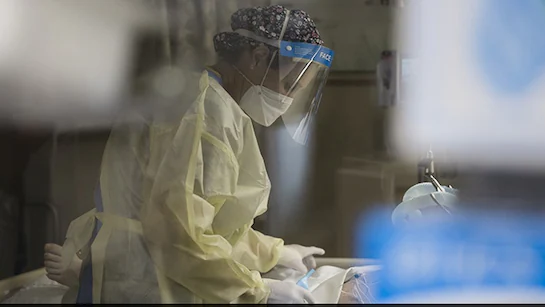





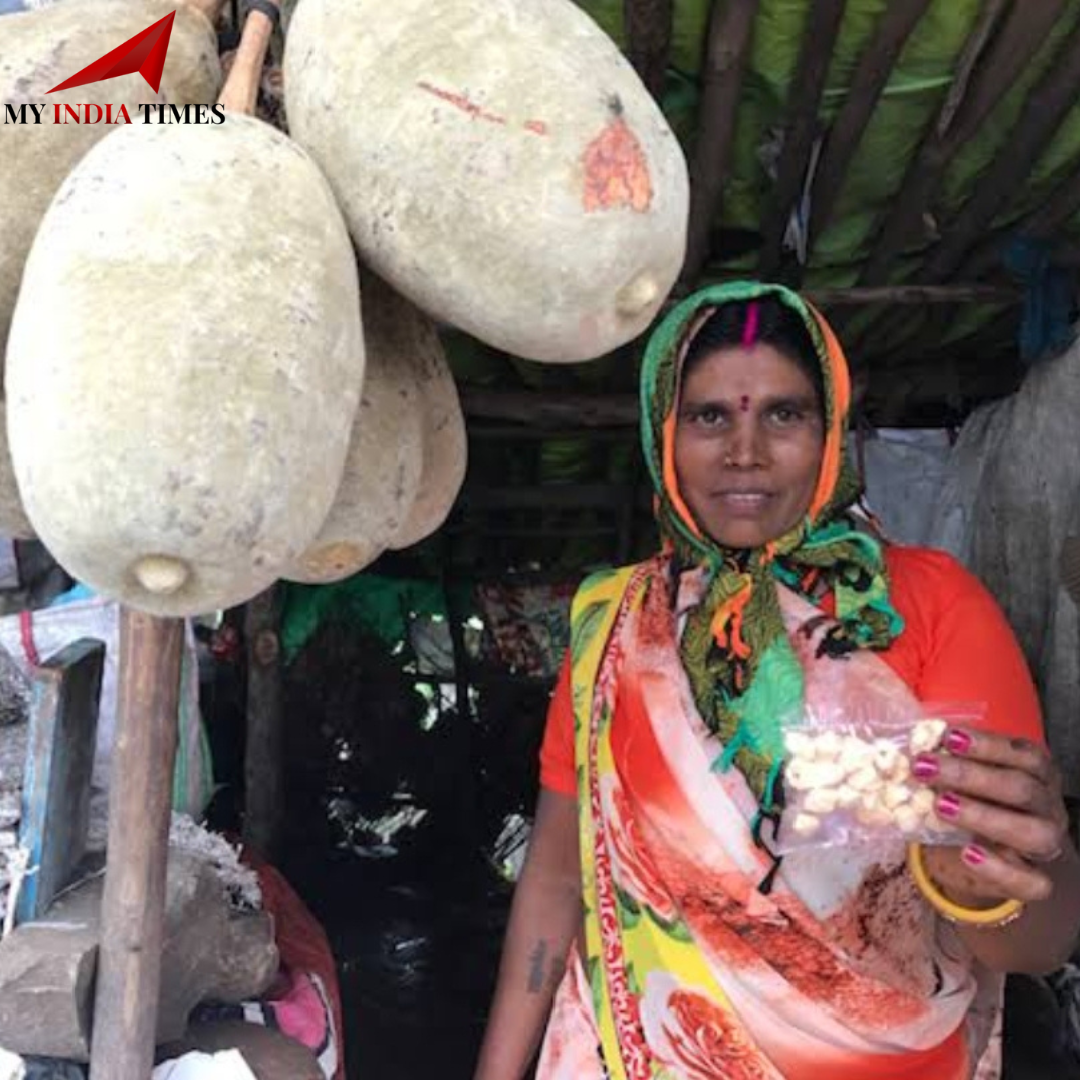




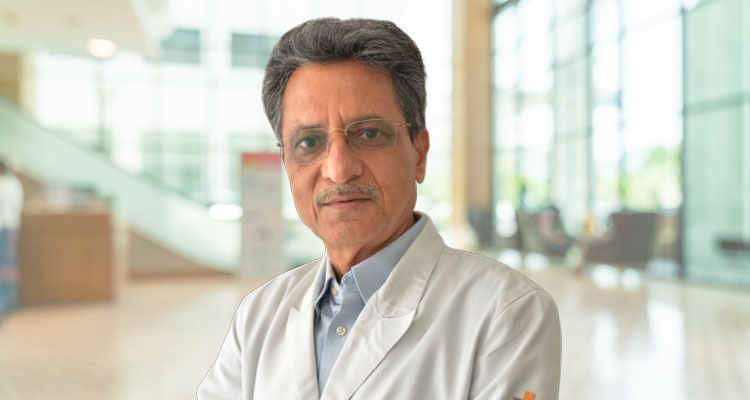

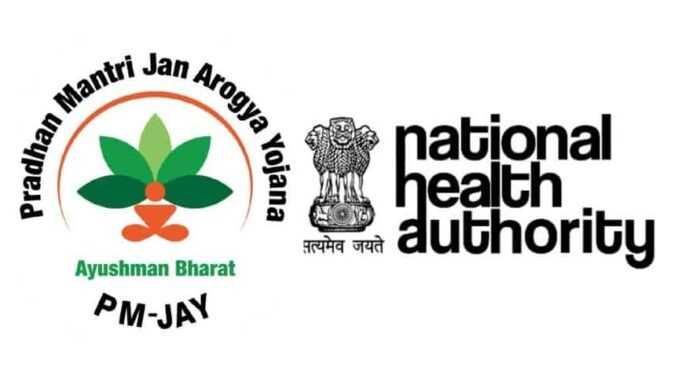


.jfif)
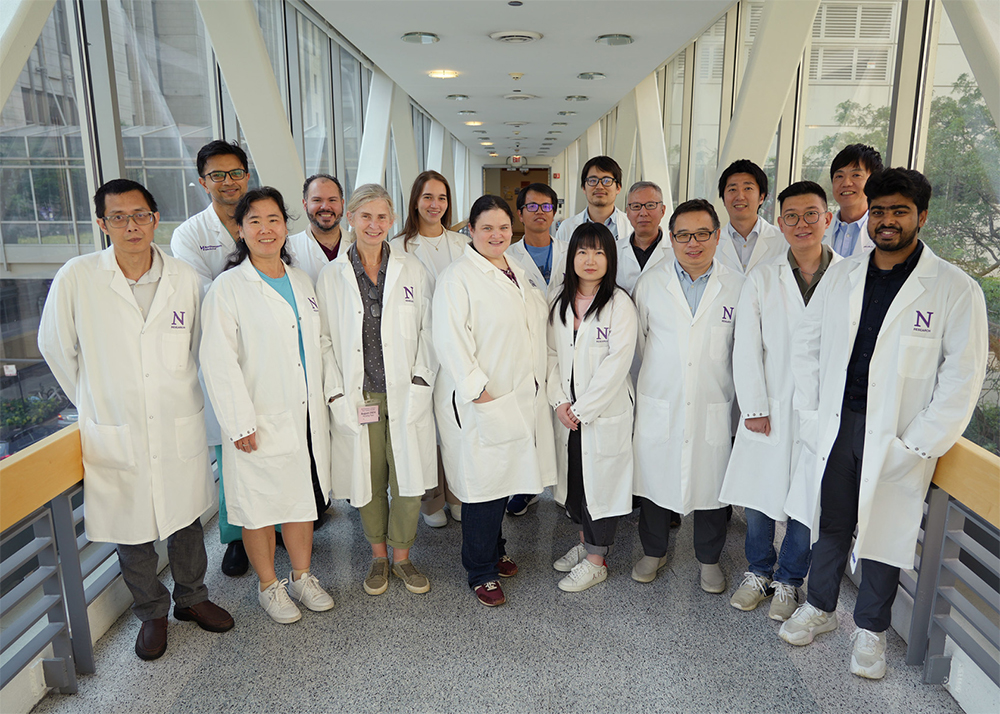

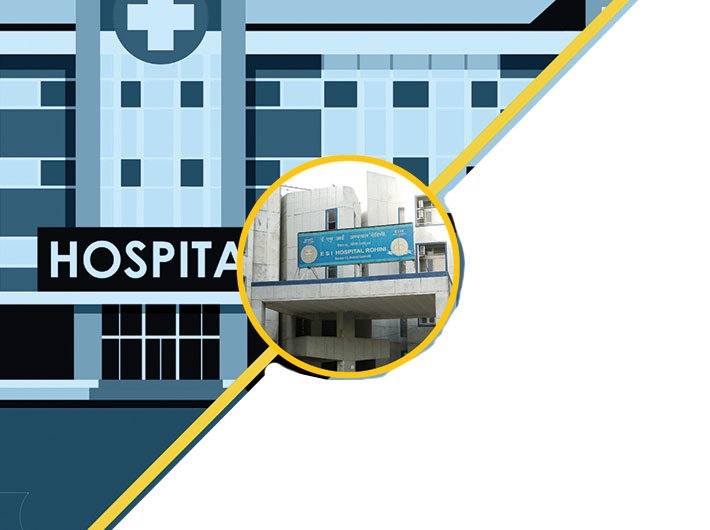



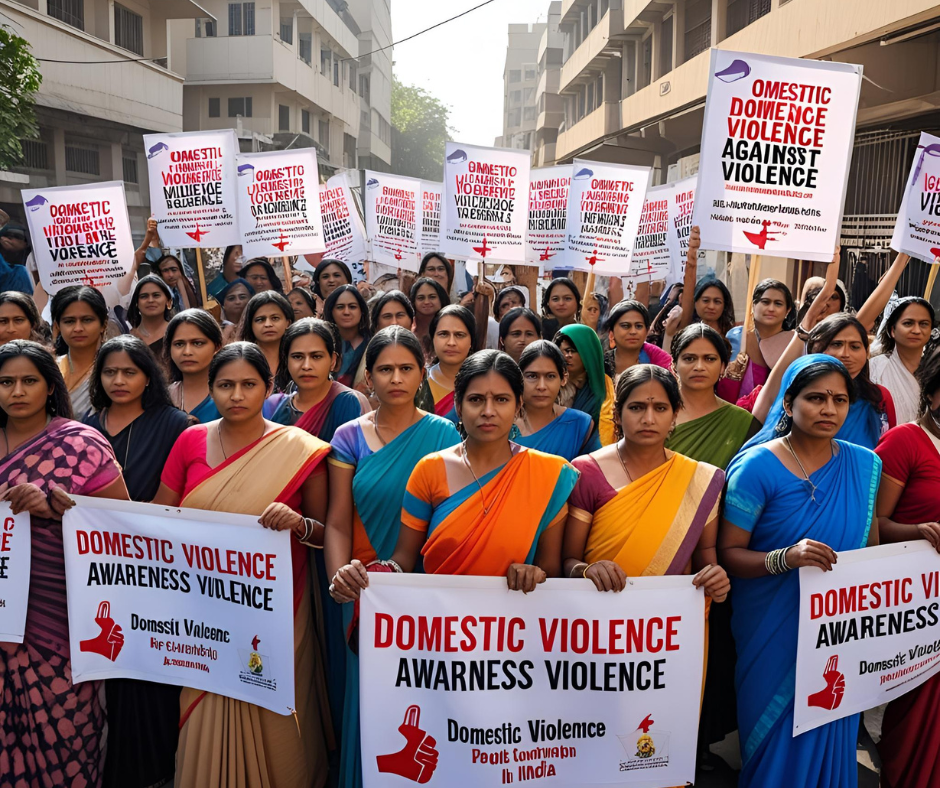
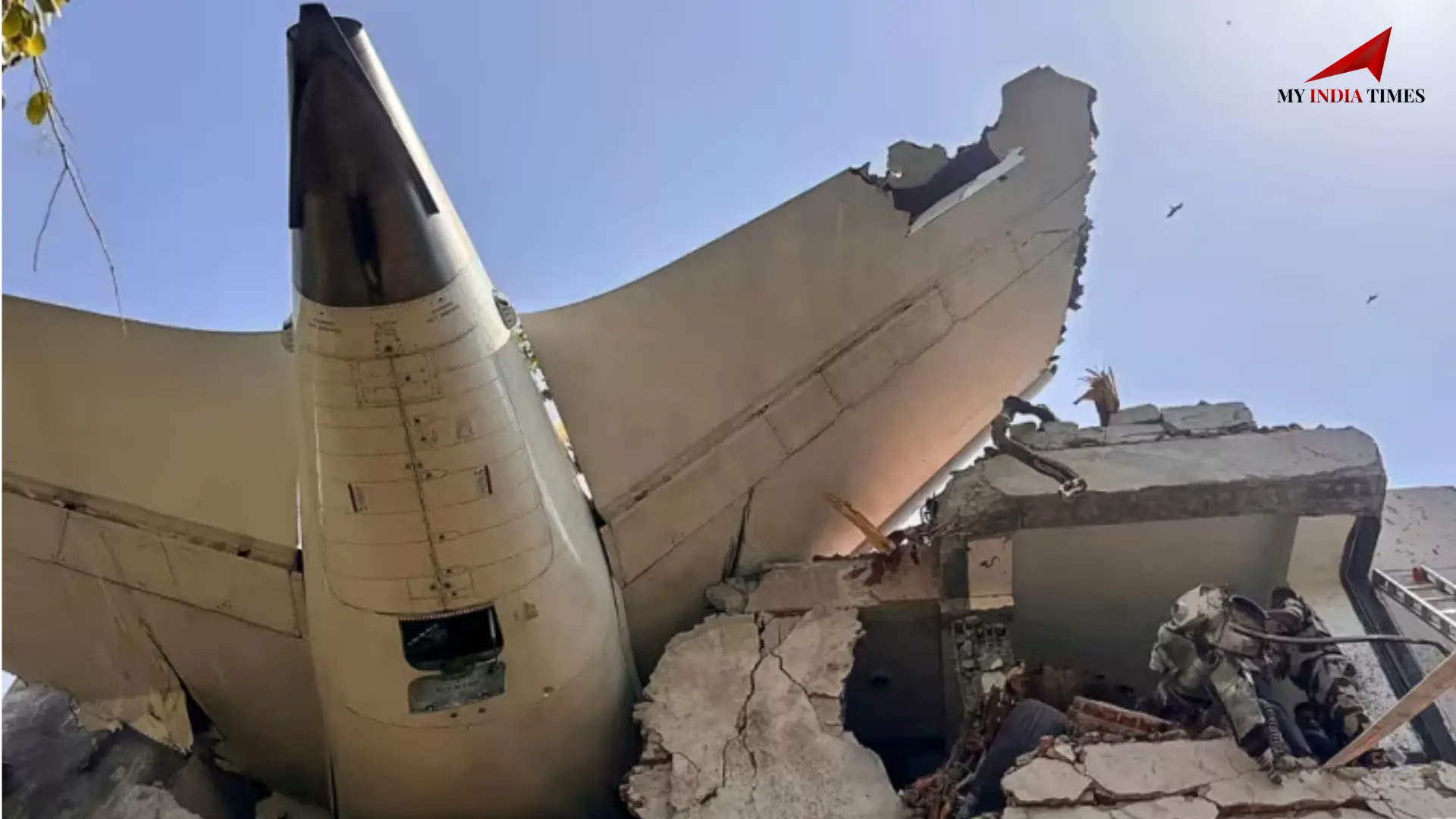
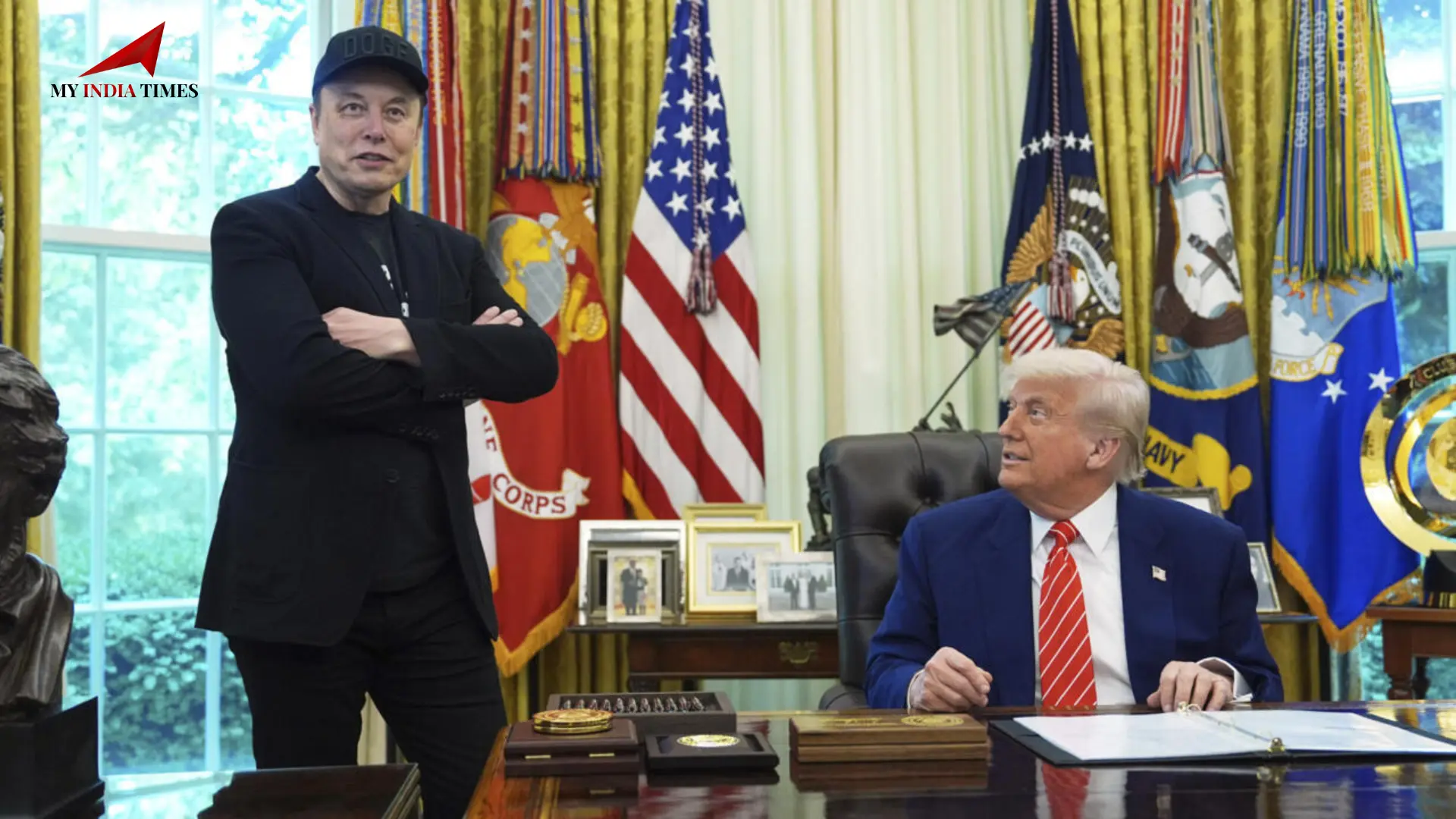


















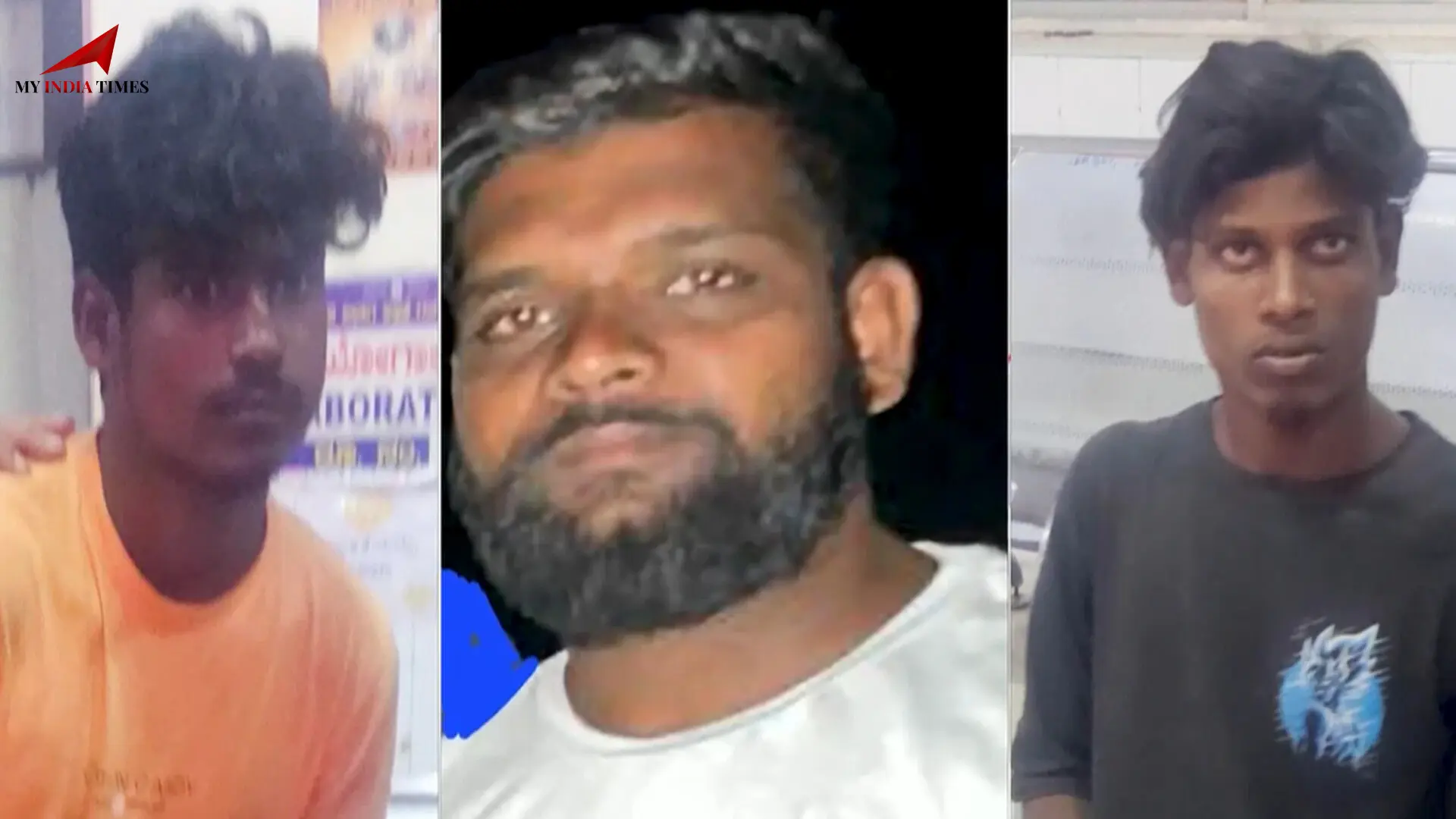
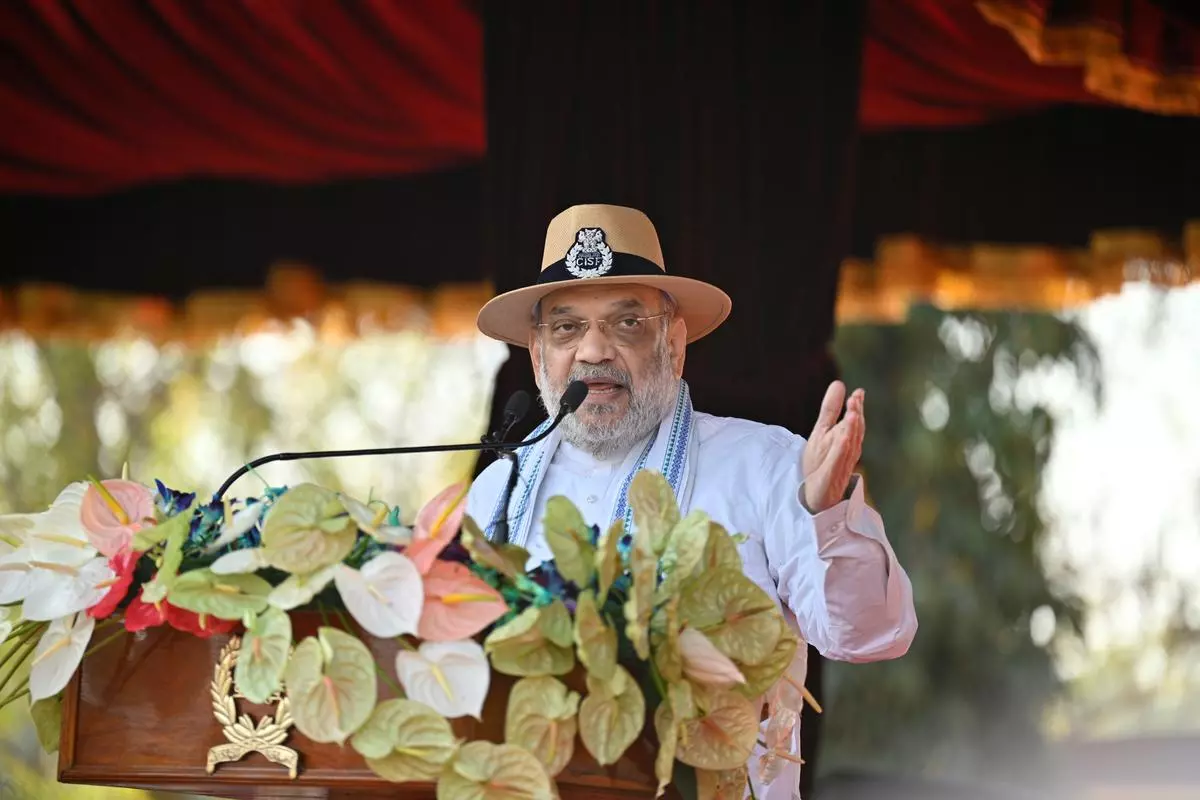

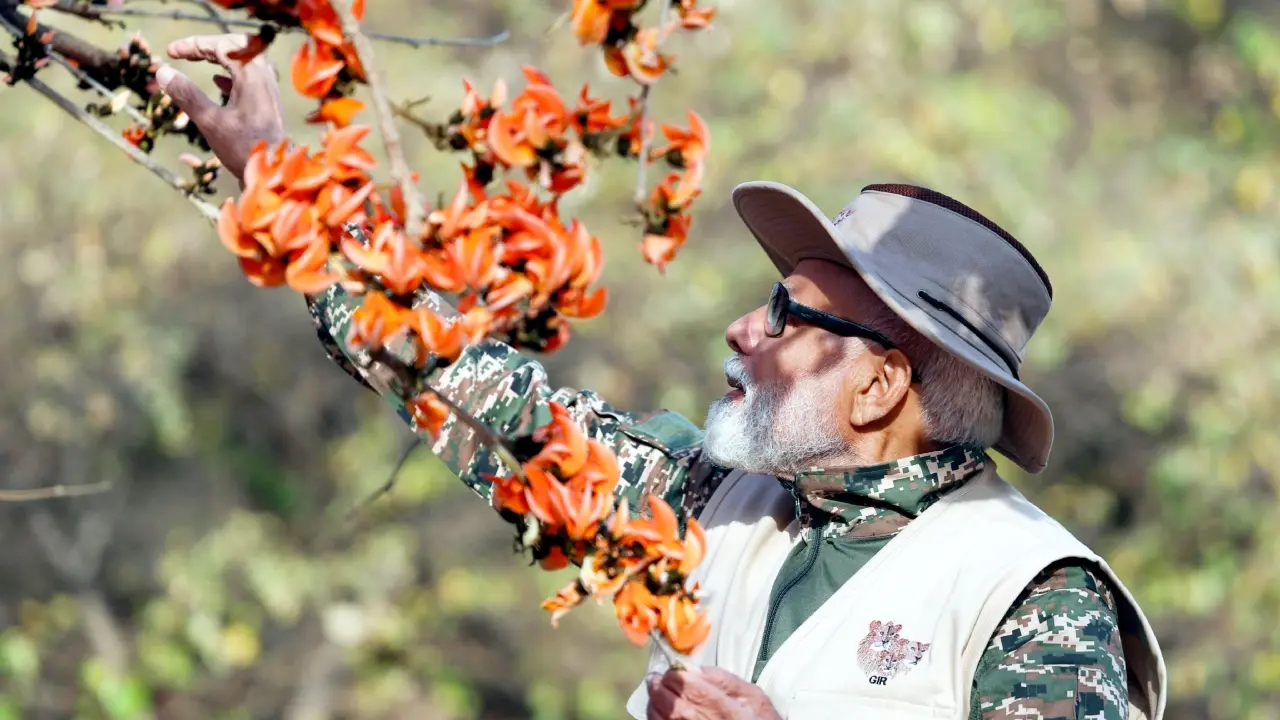

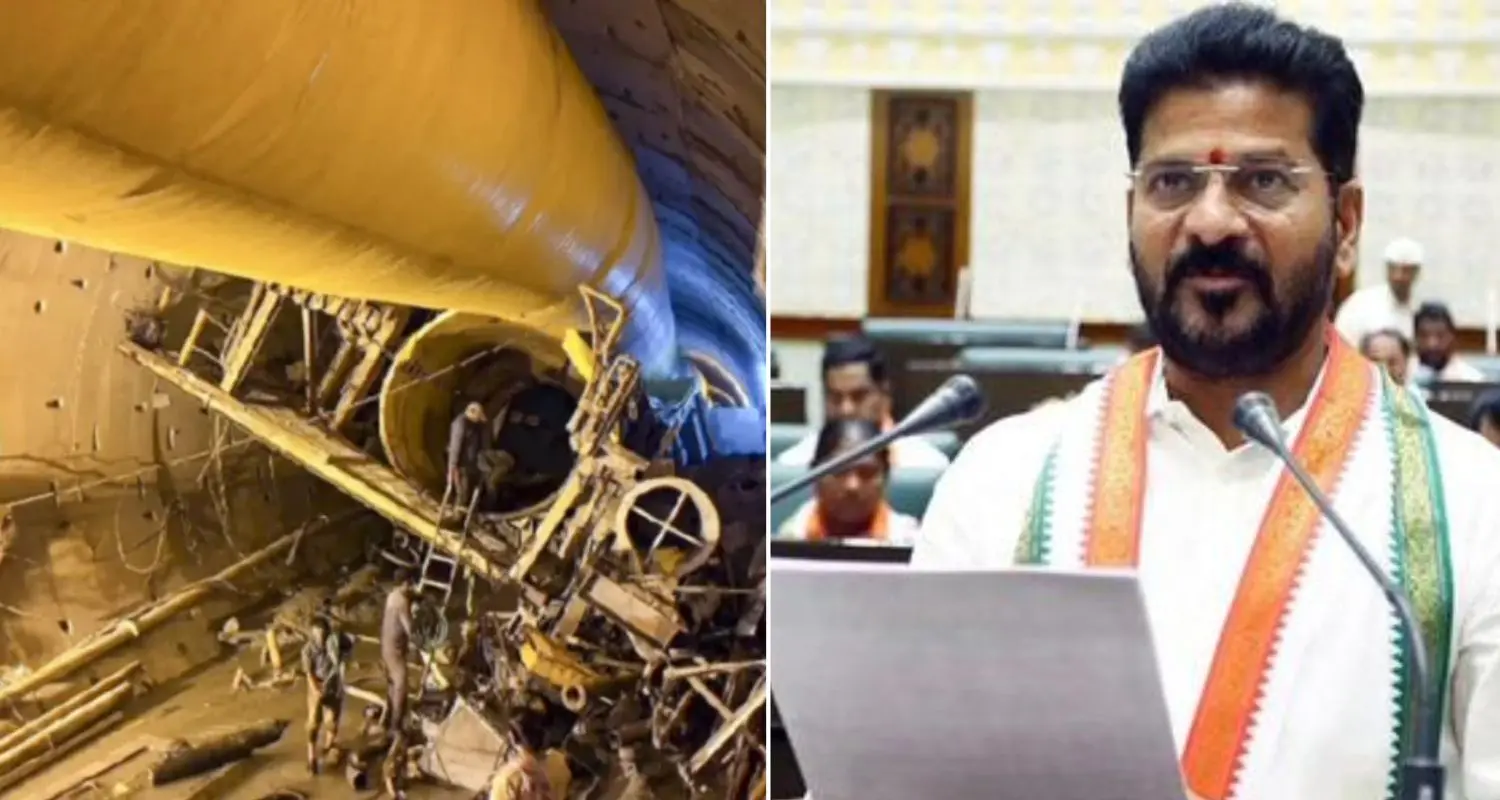
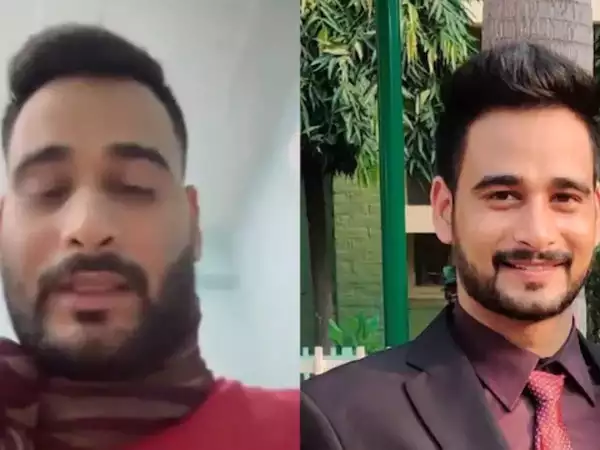
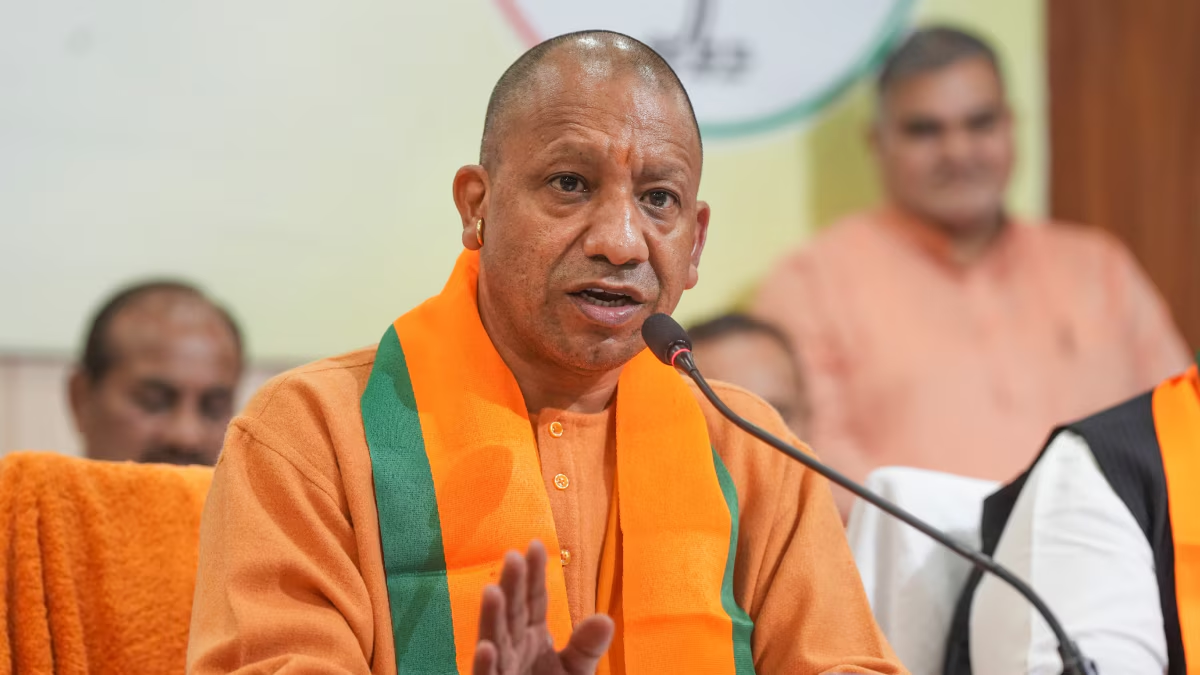
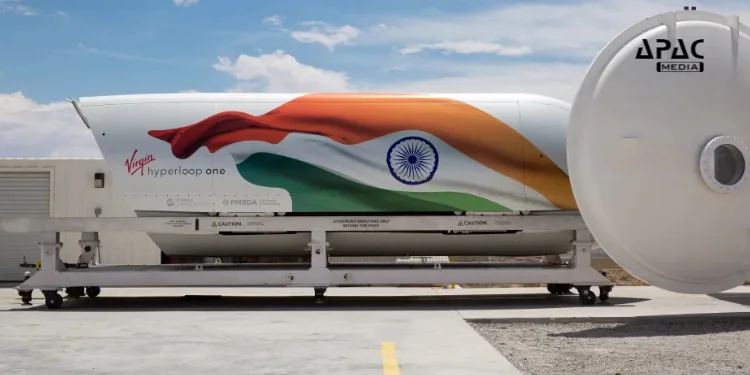

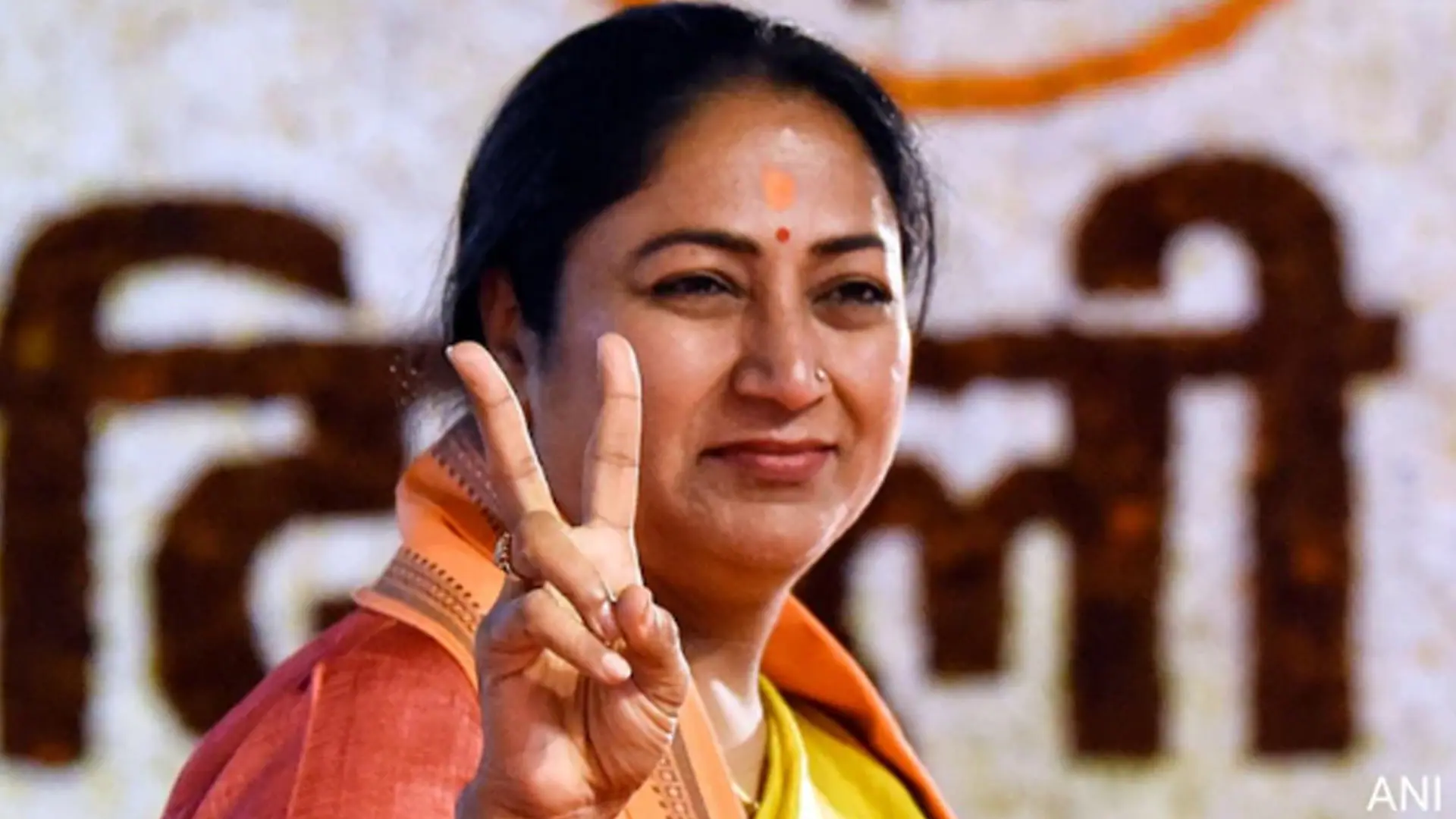

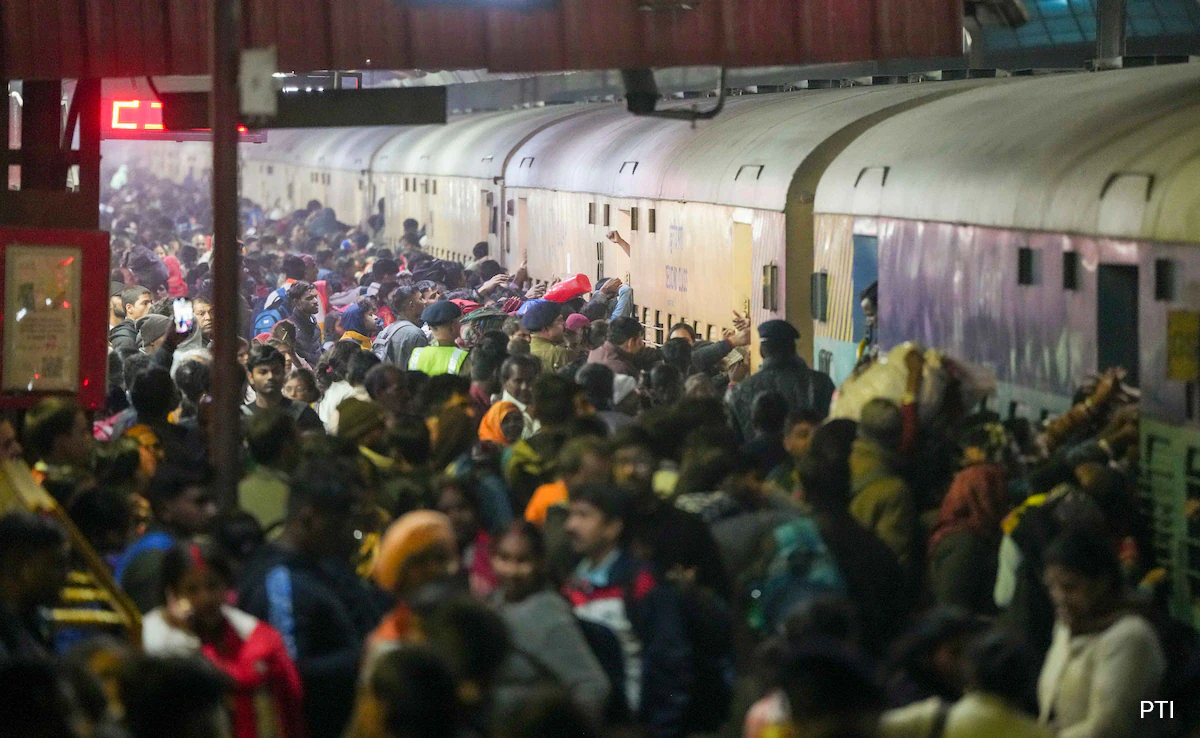
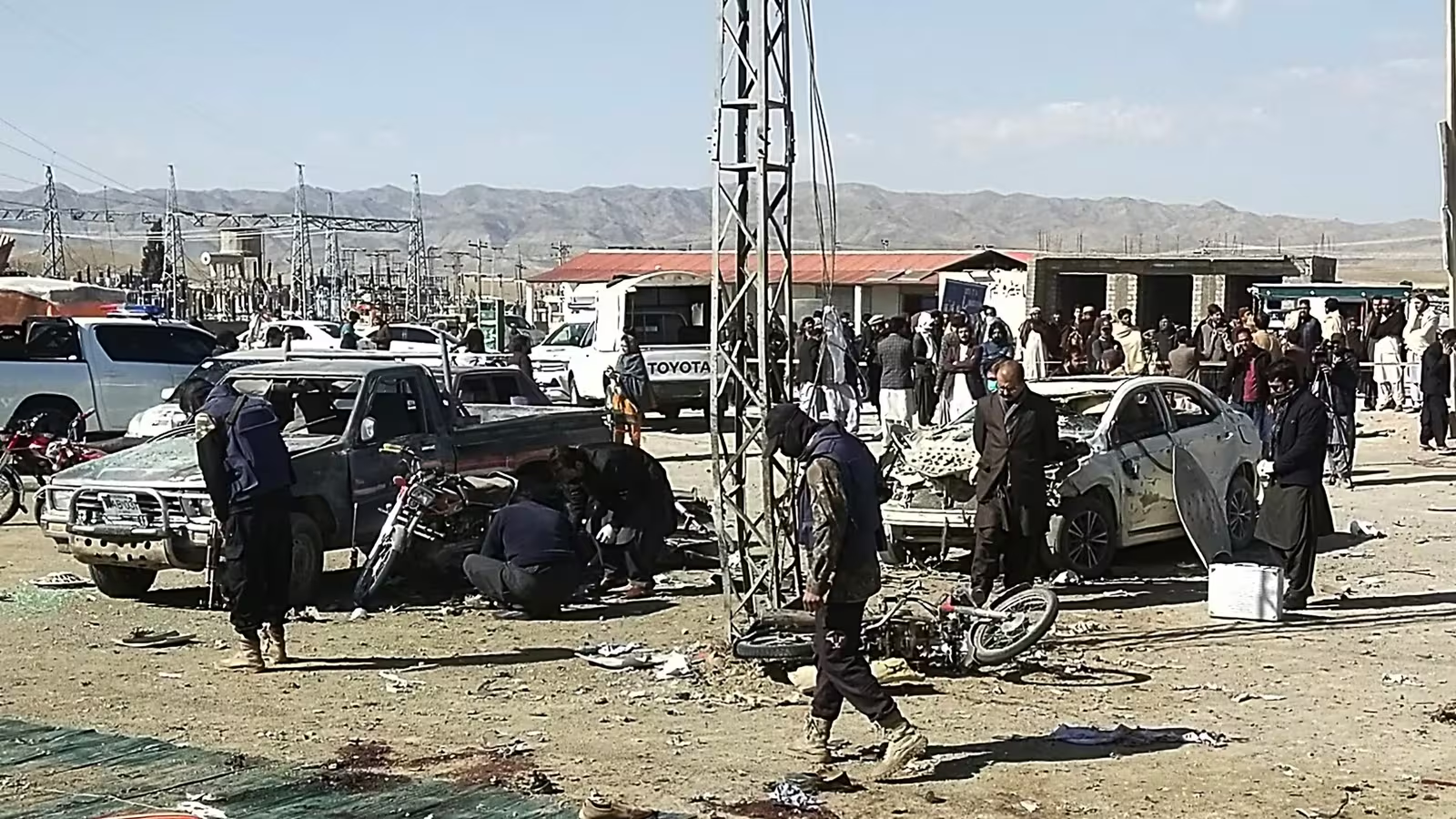
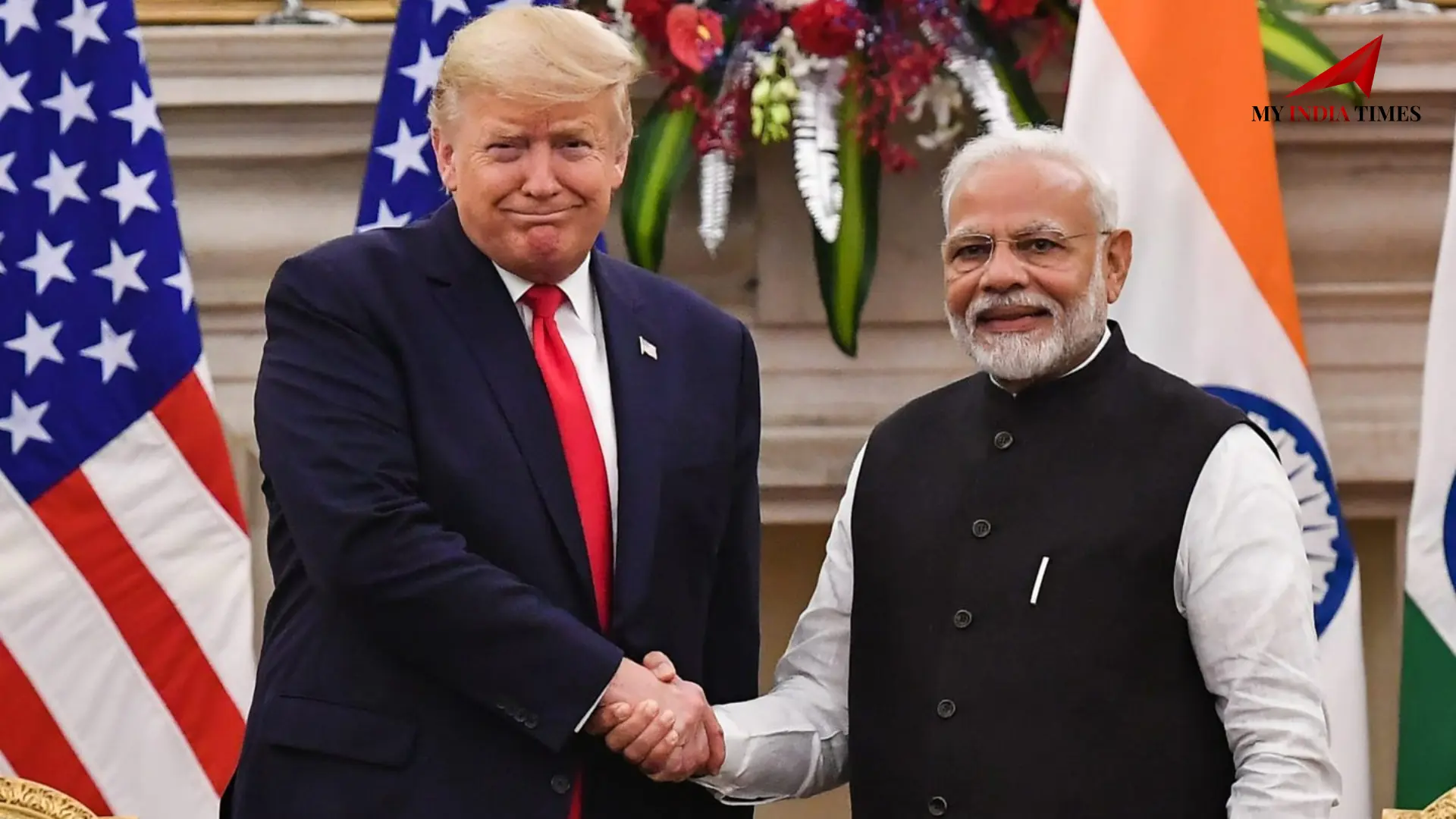

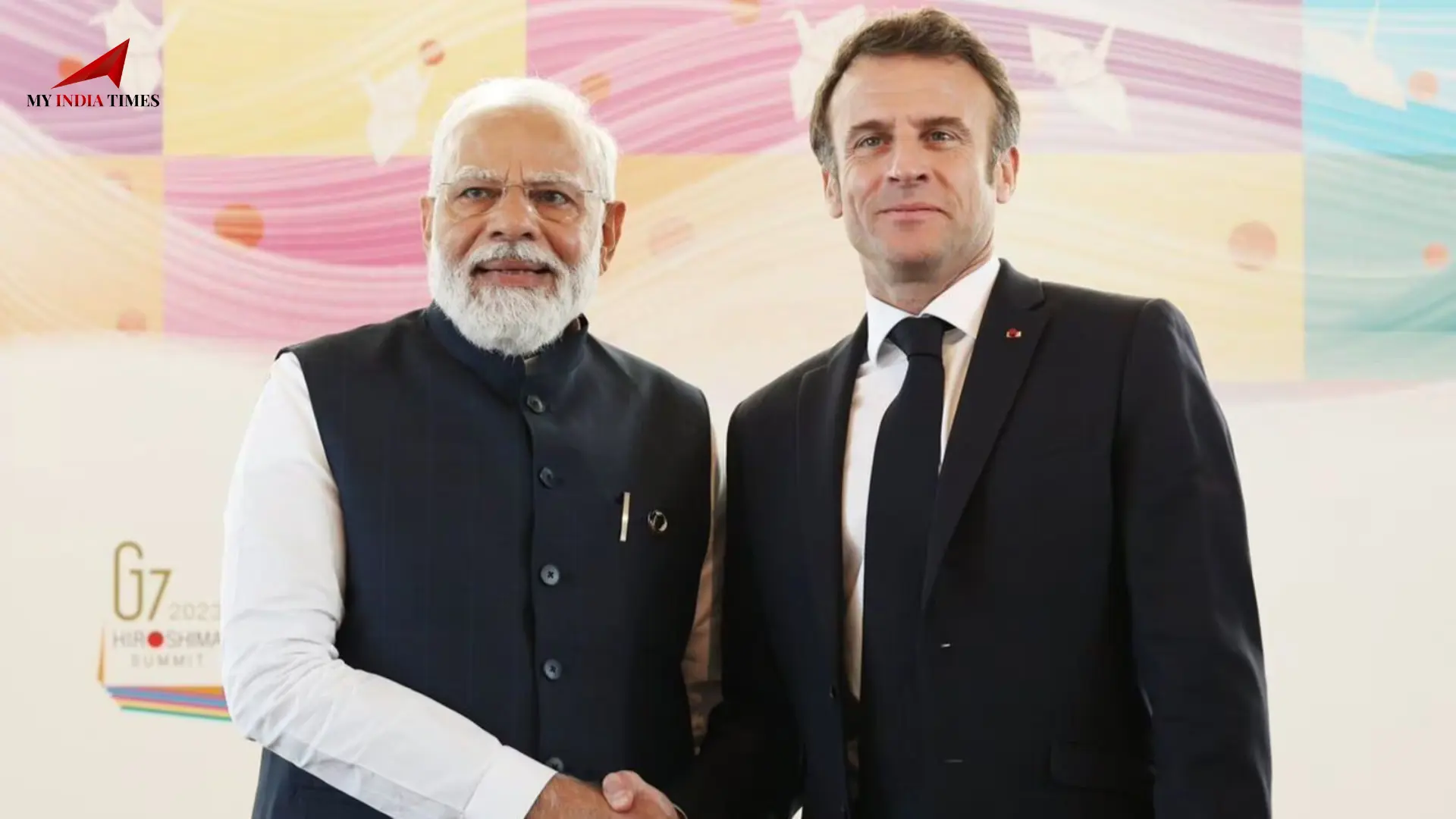
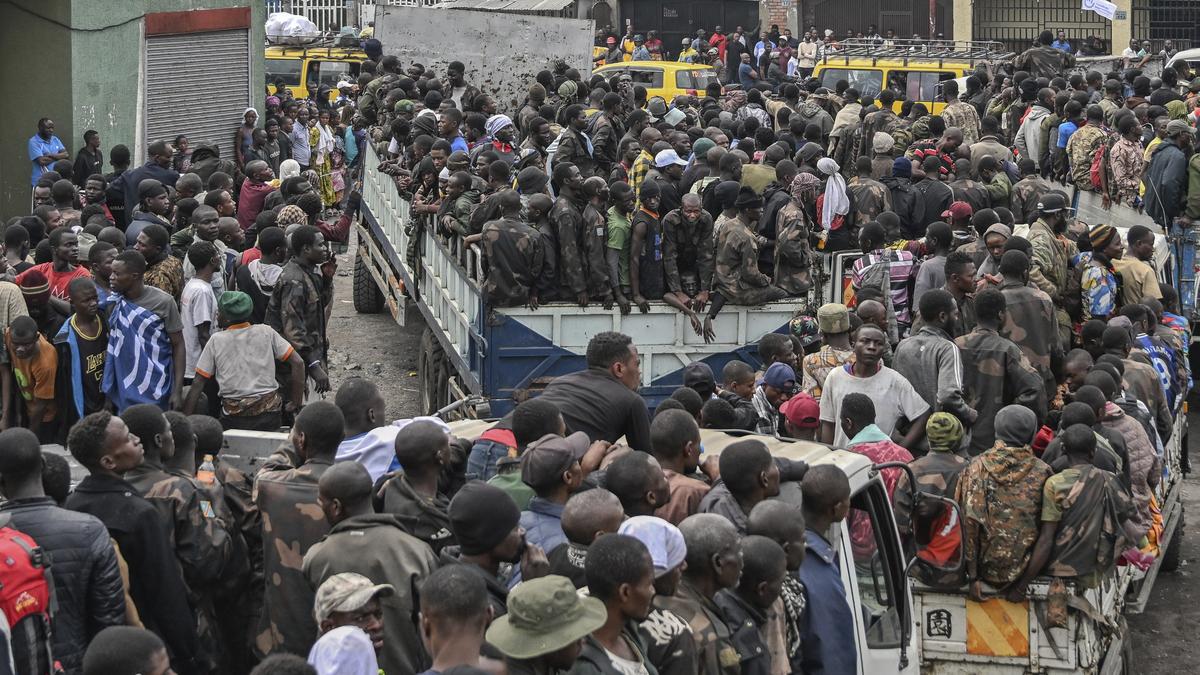
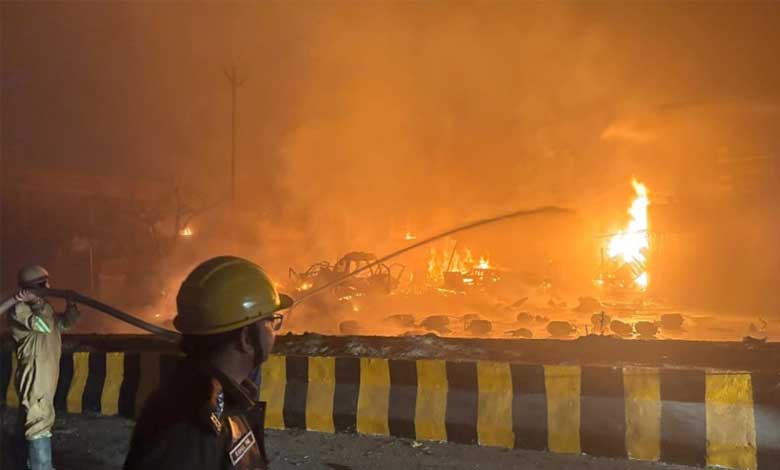



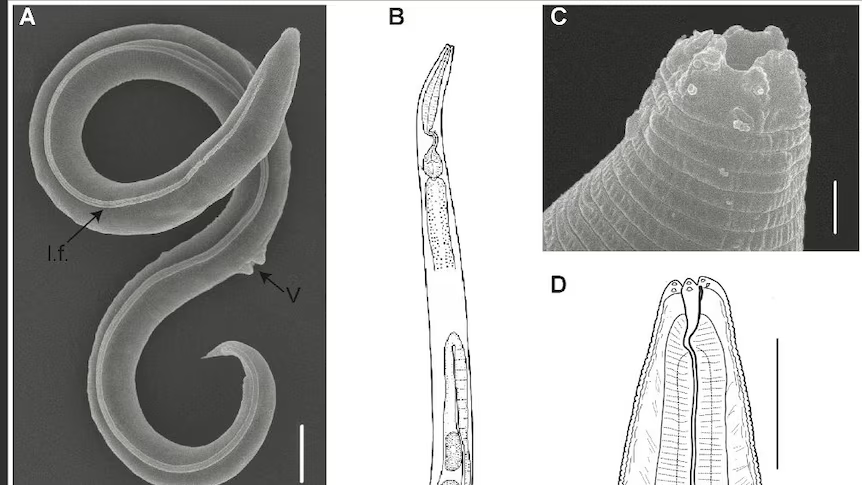
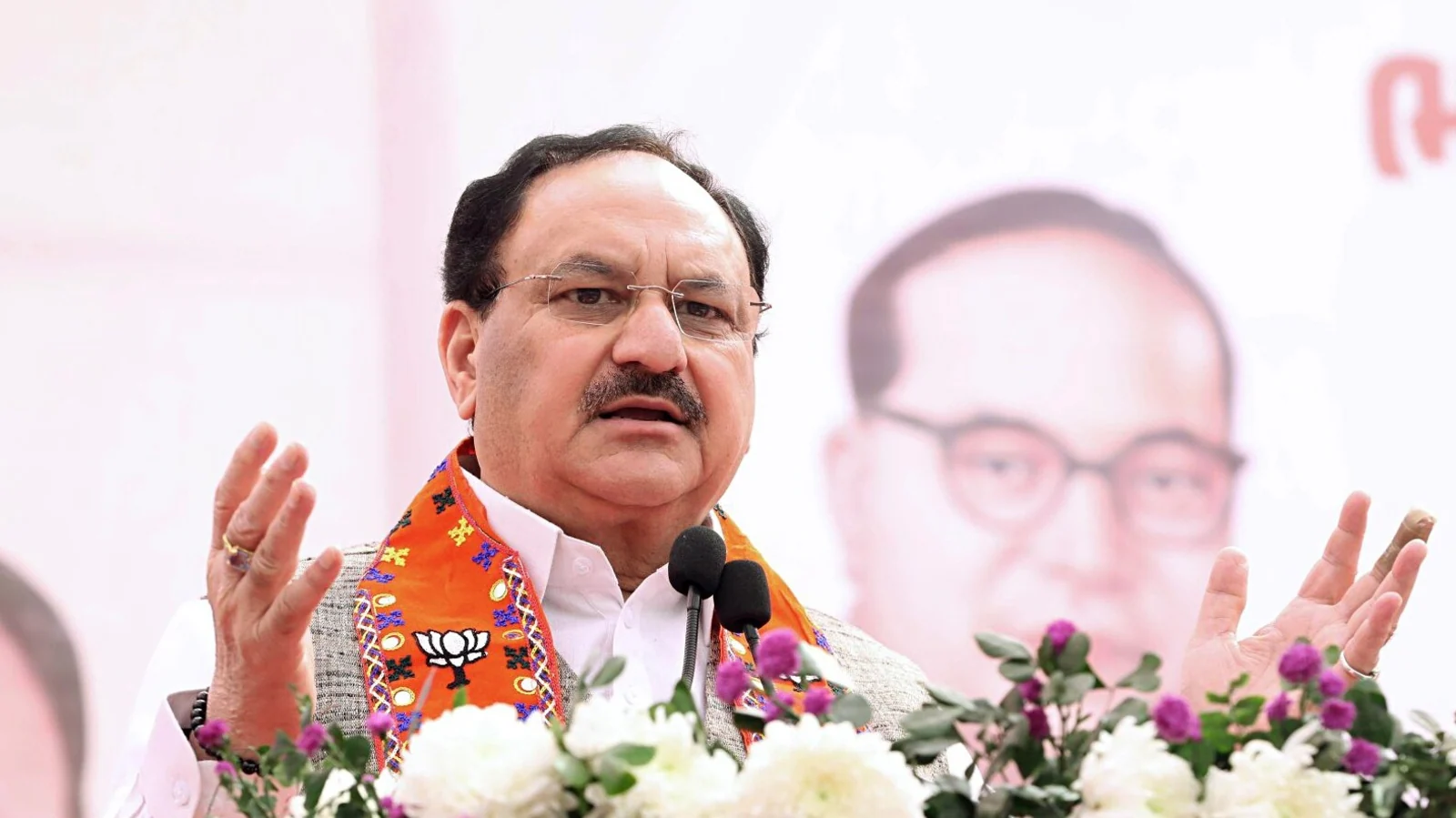
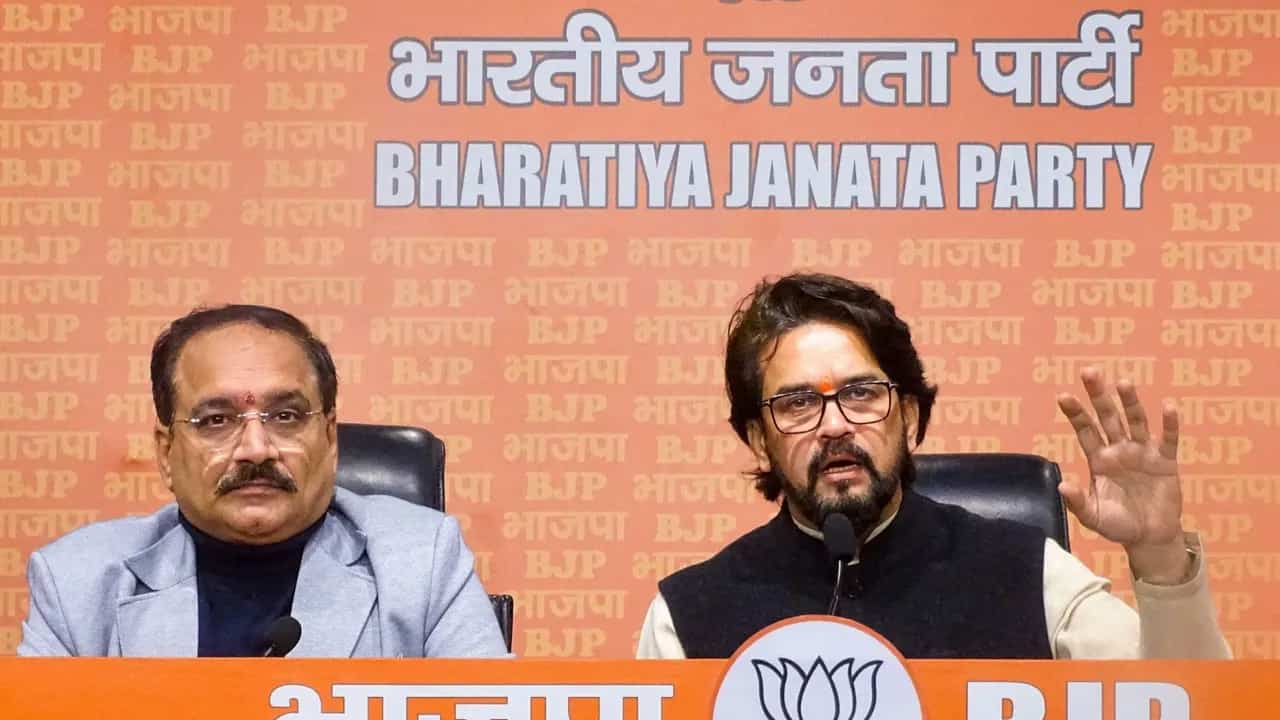

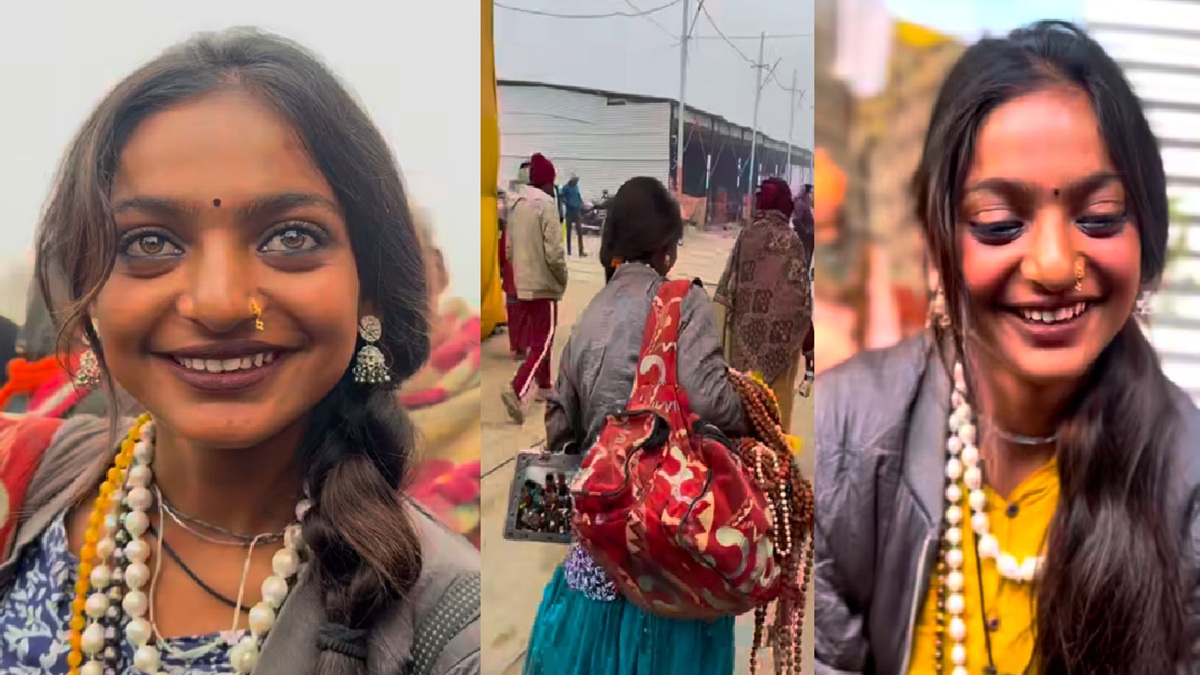
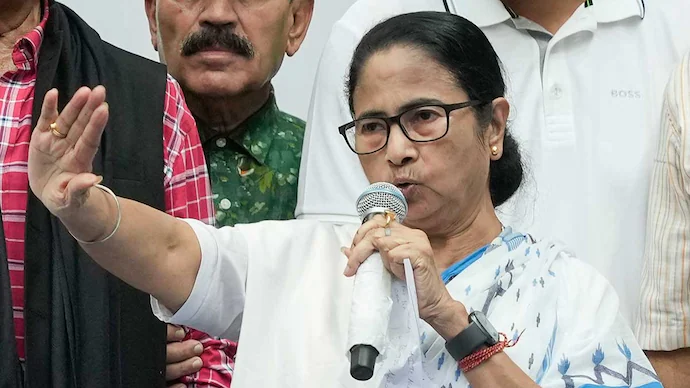



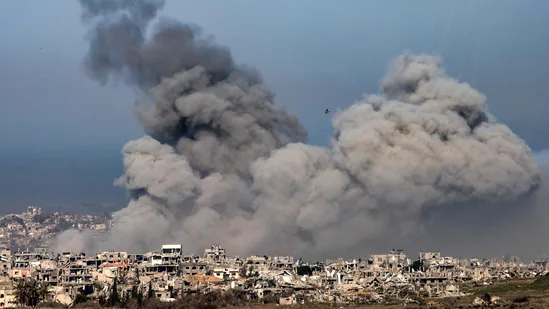
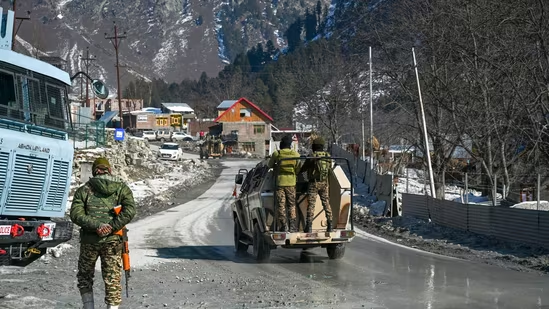
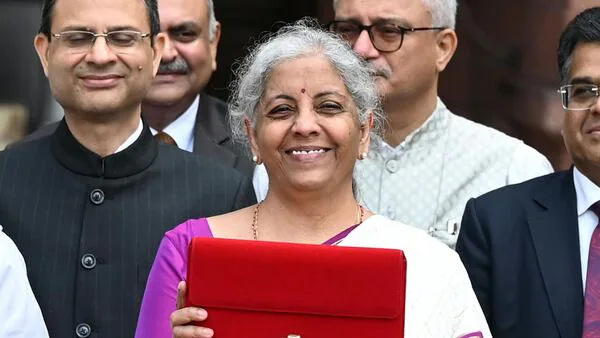
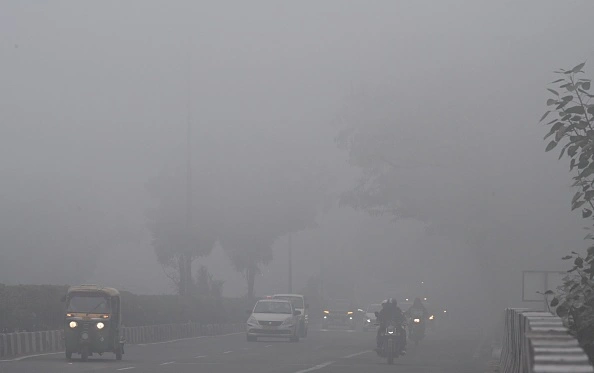
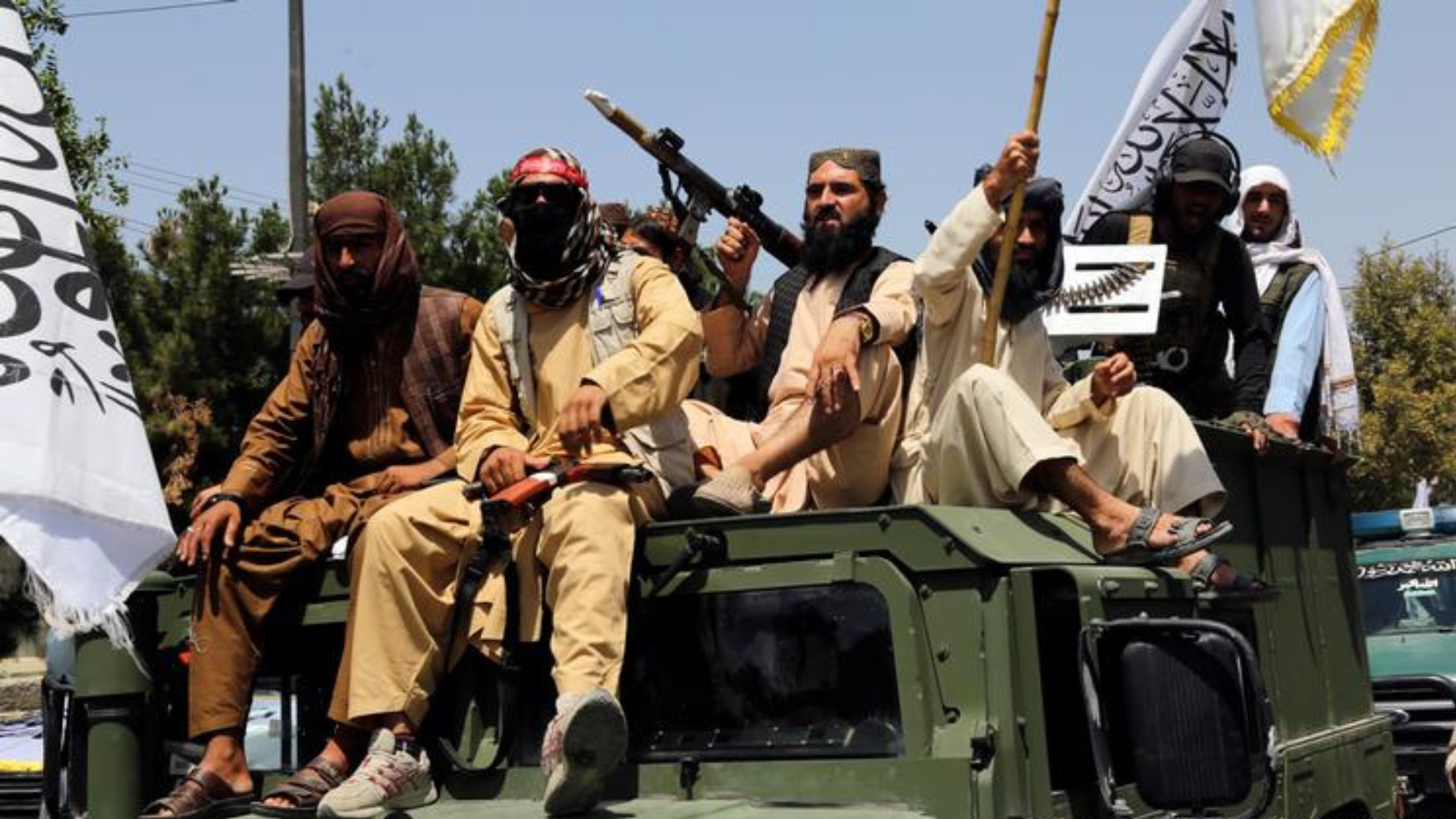
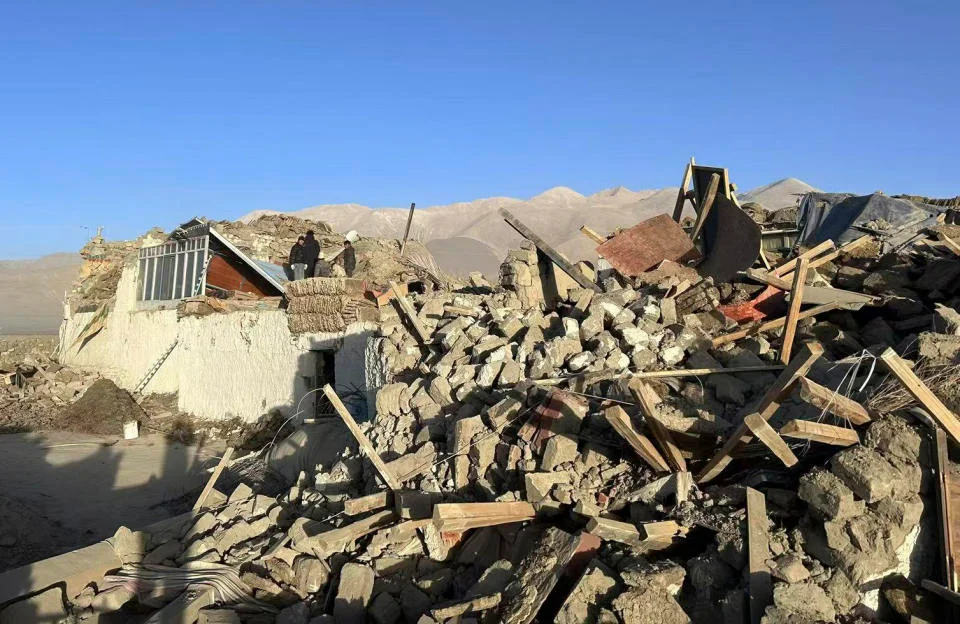


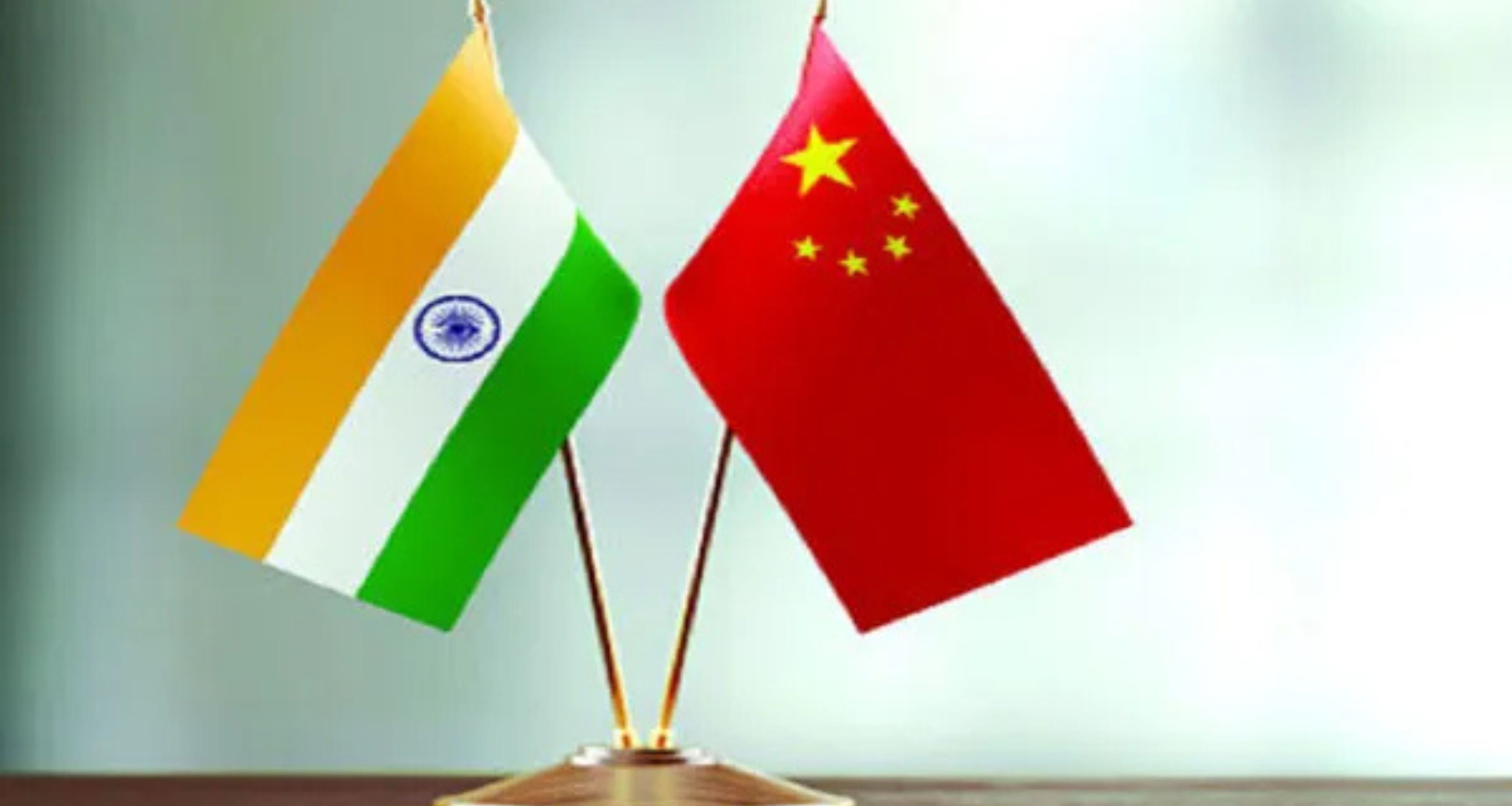



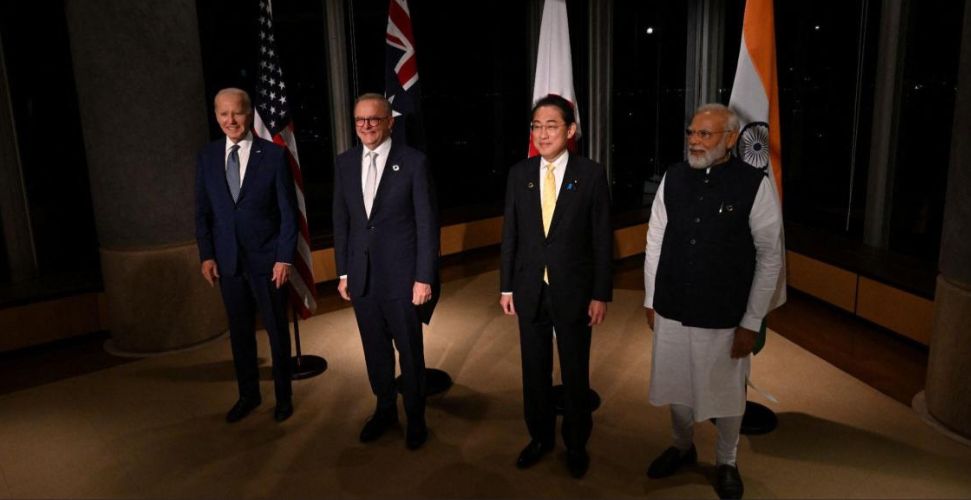
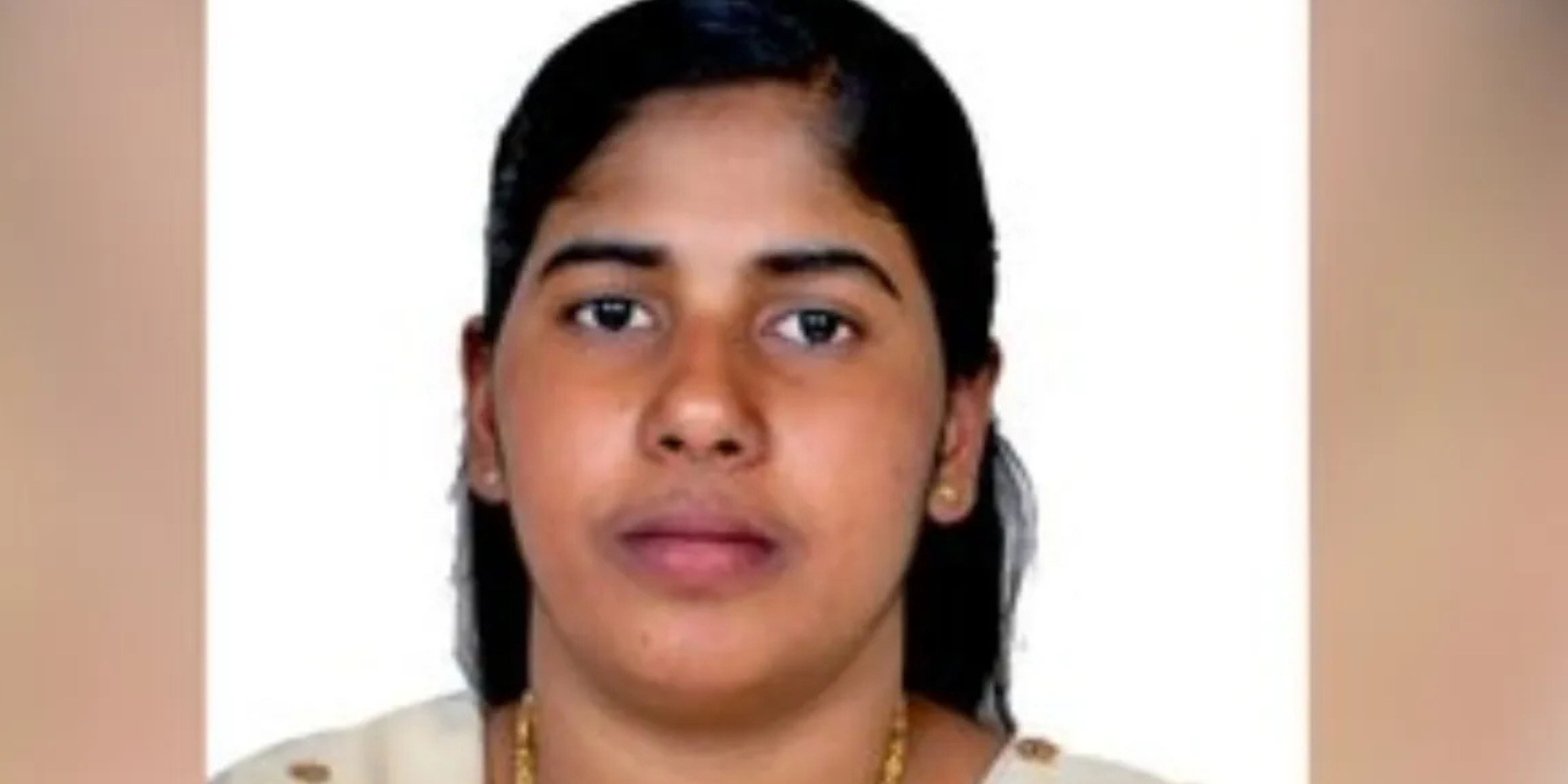

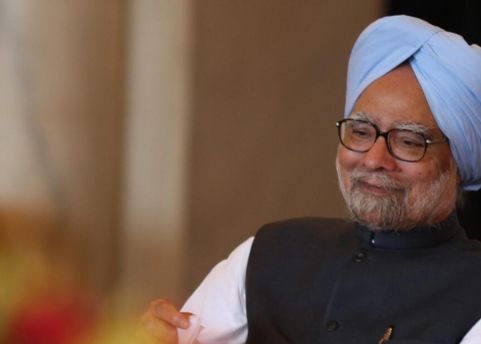

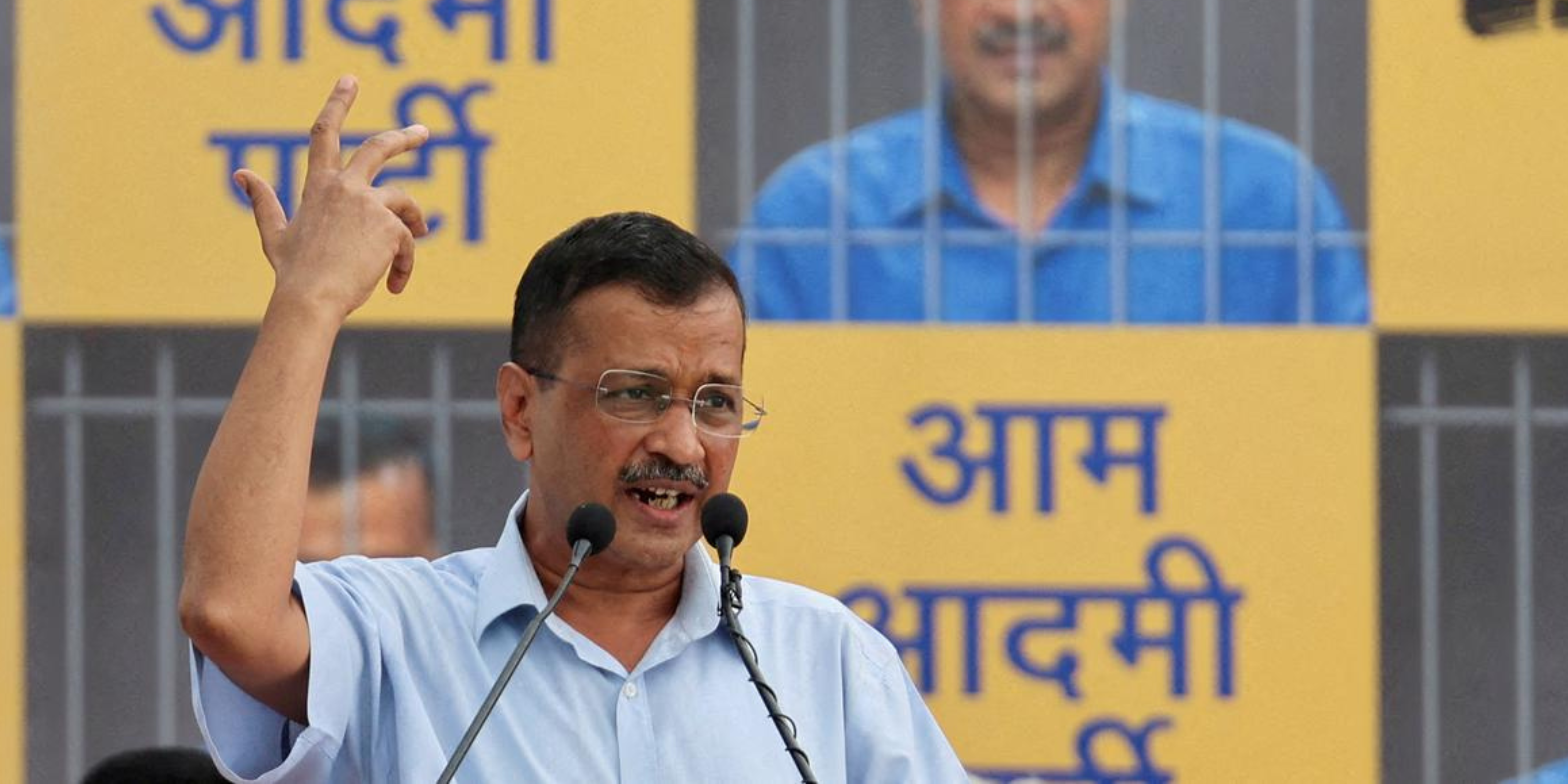

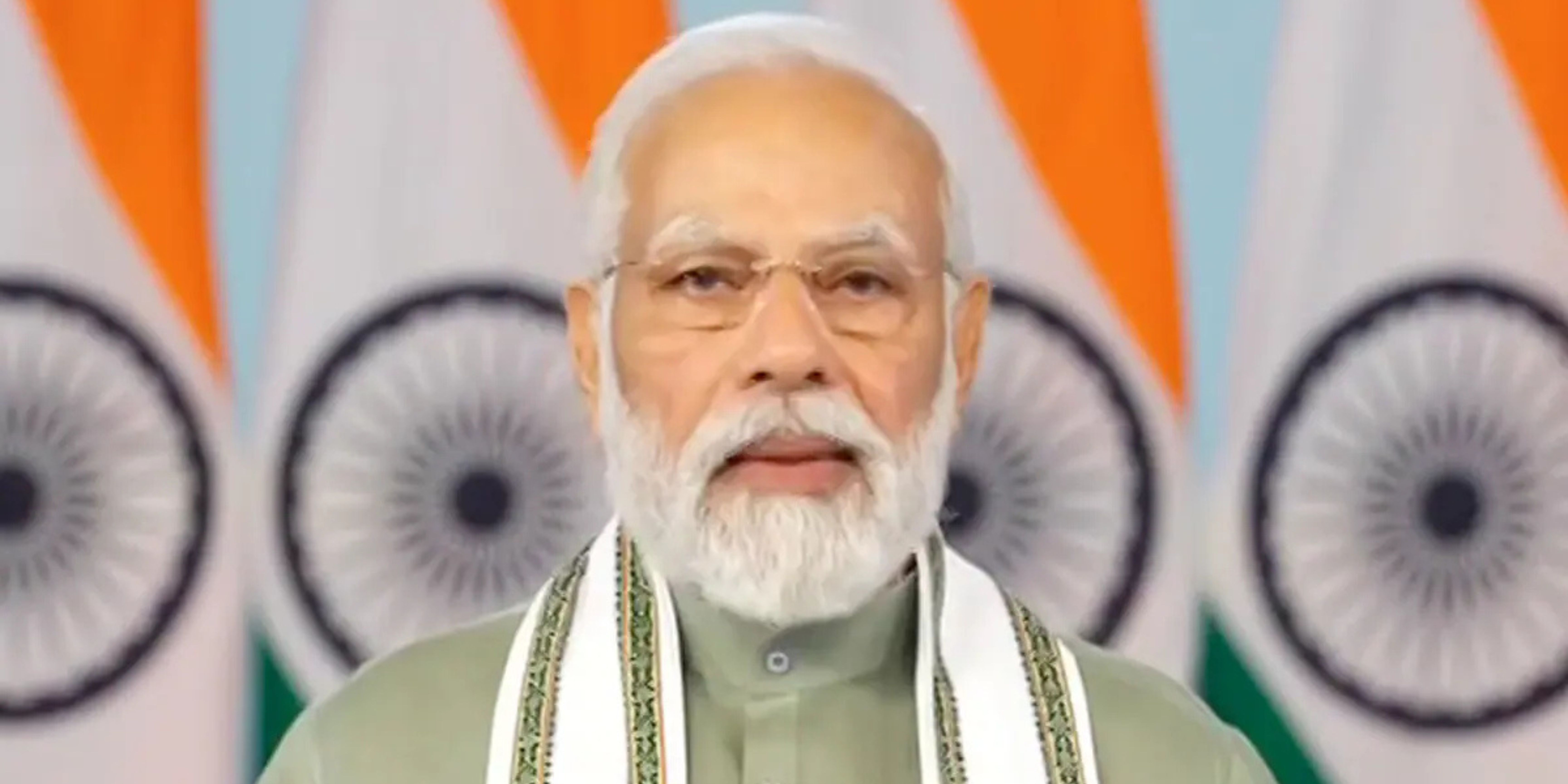
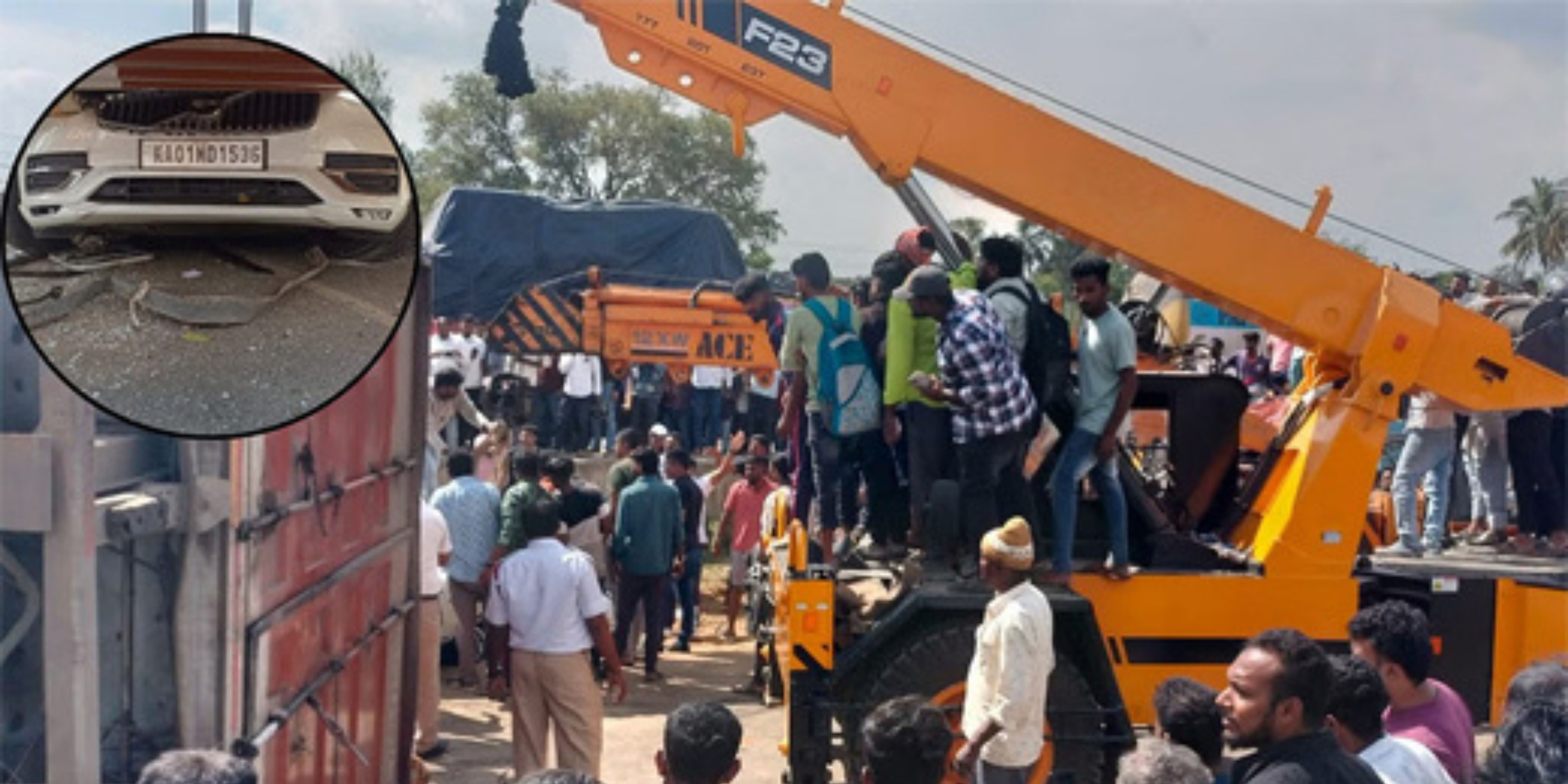
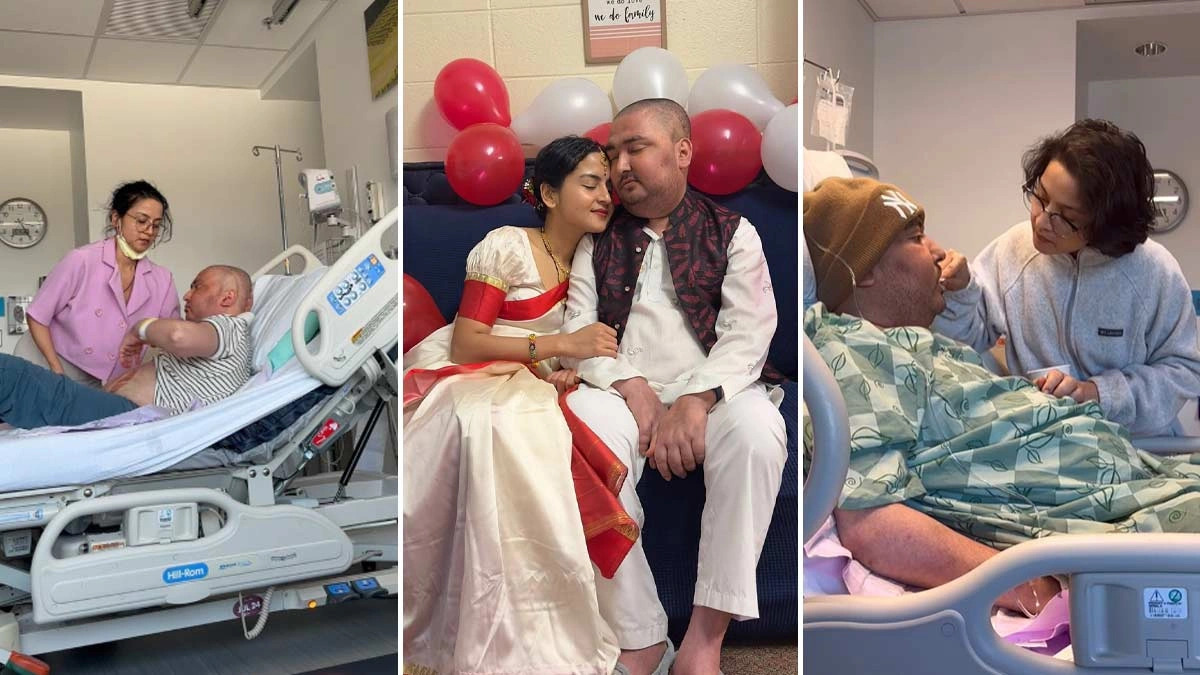



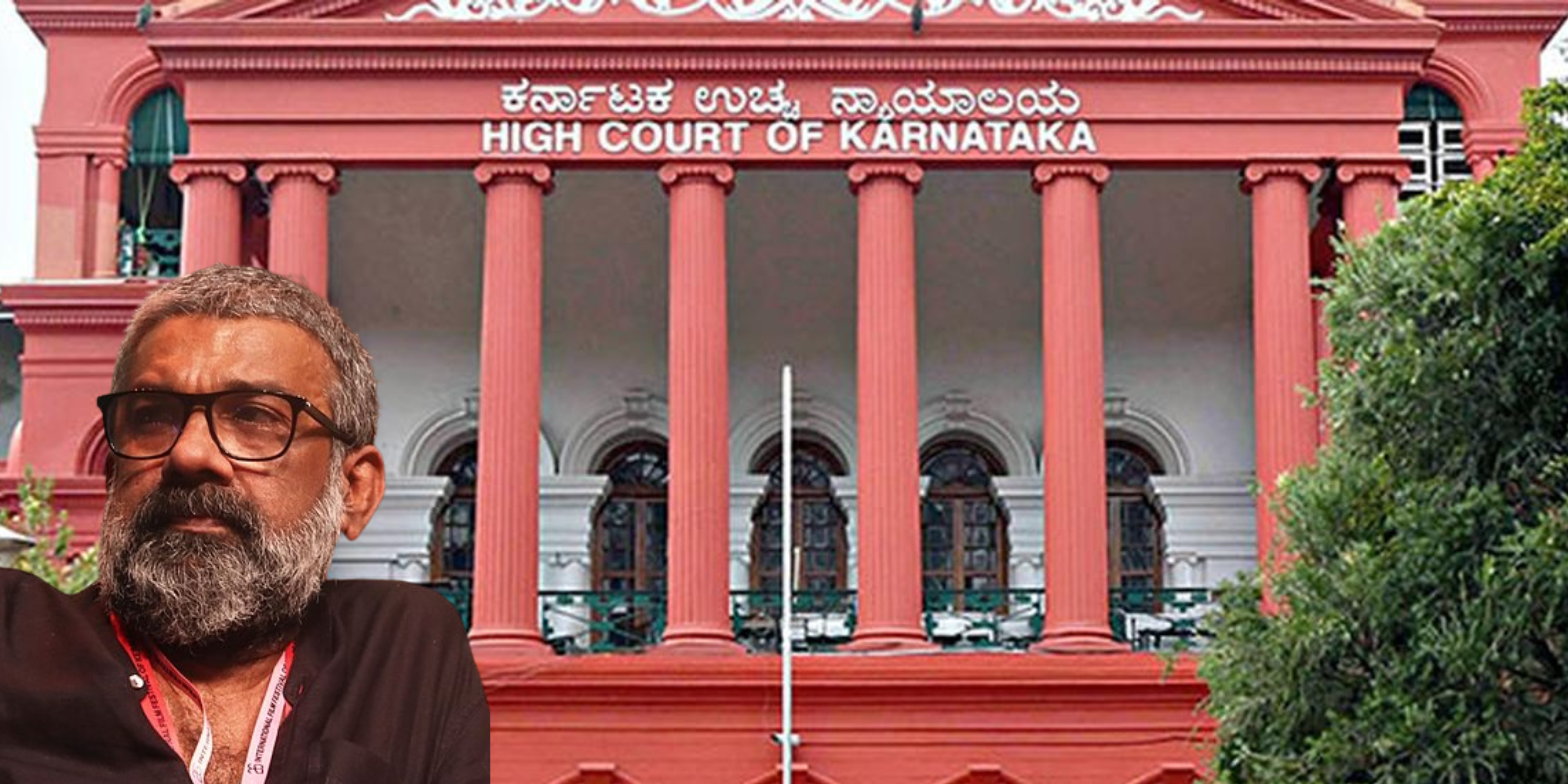
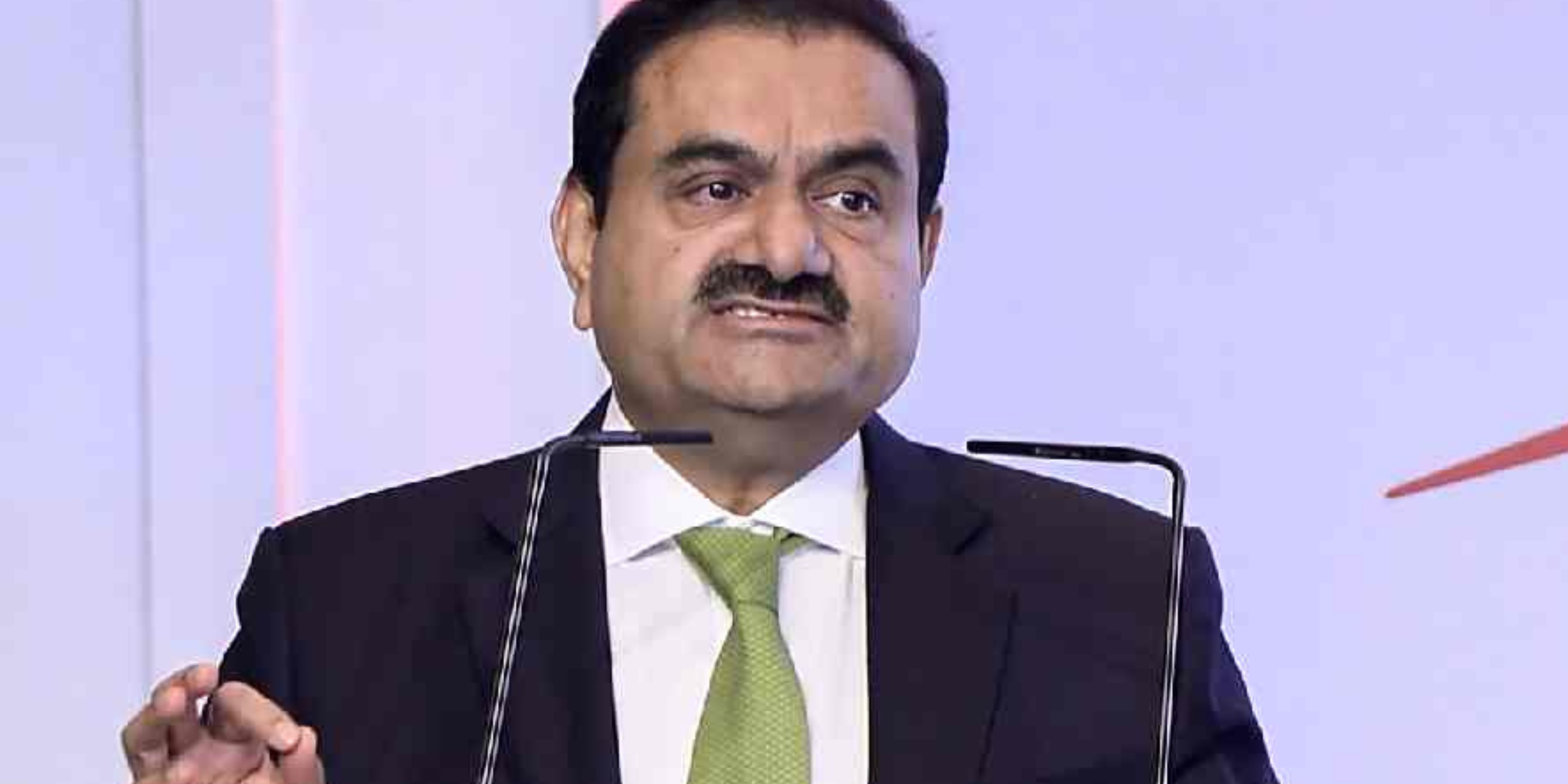
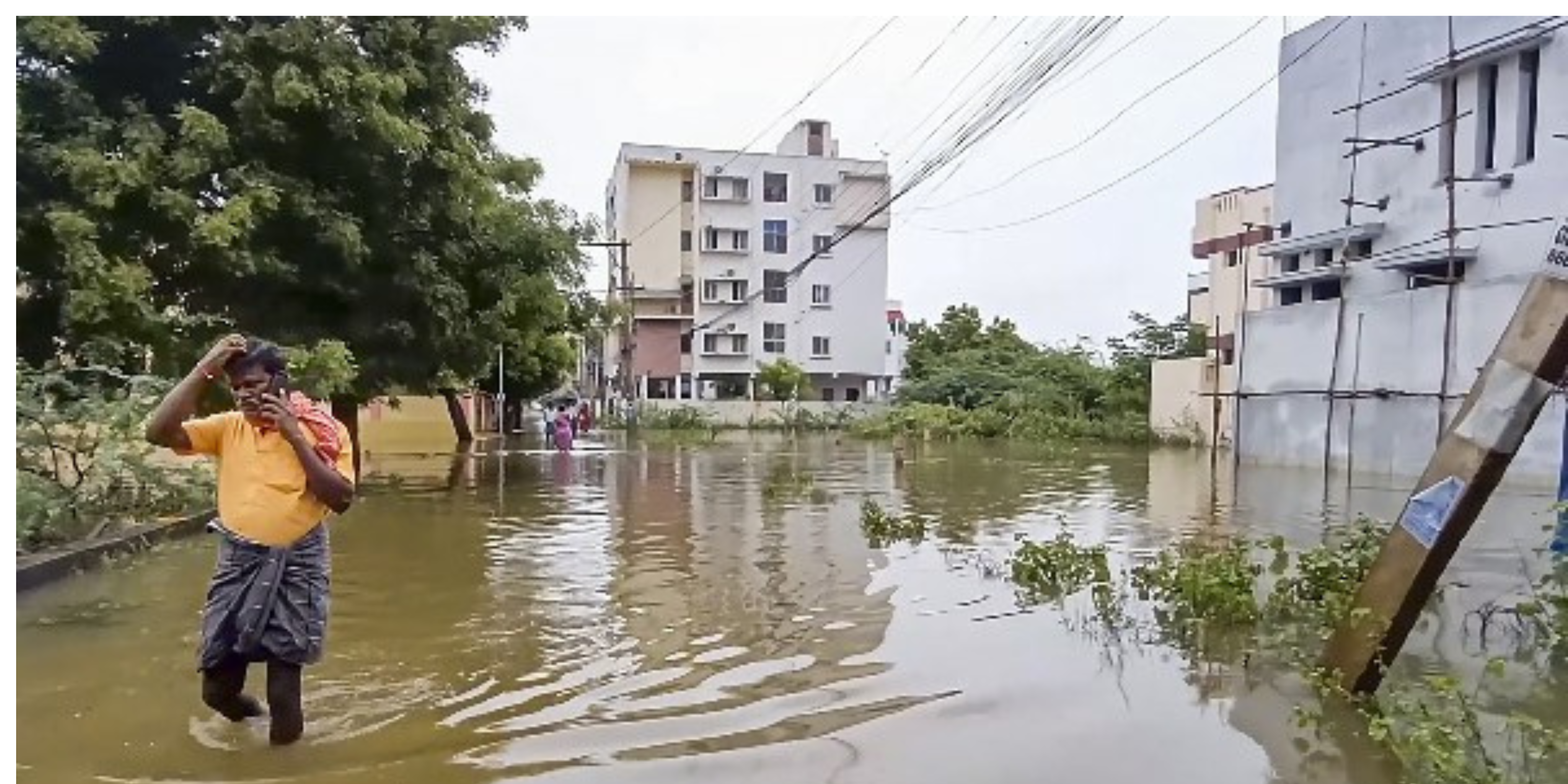
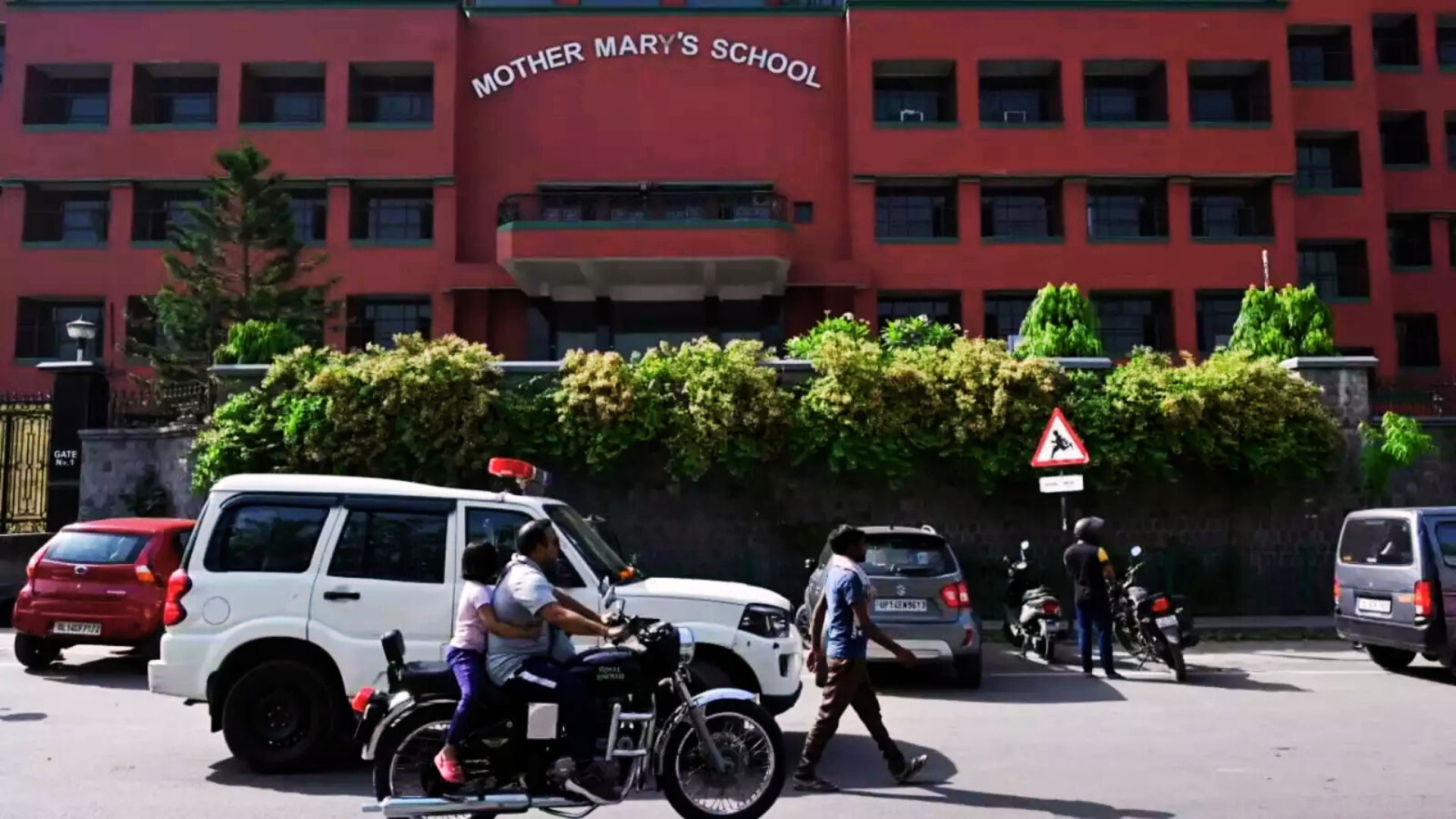
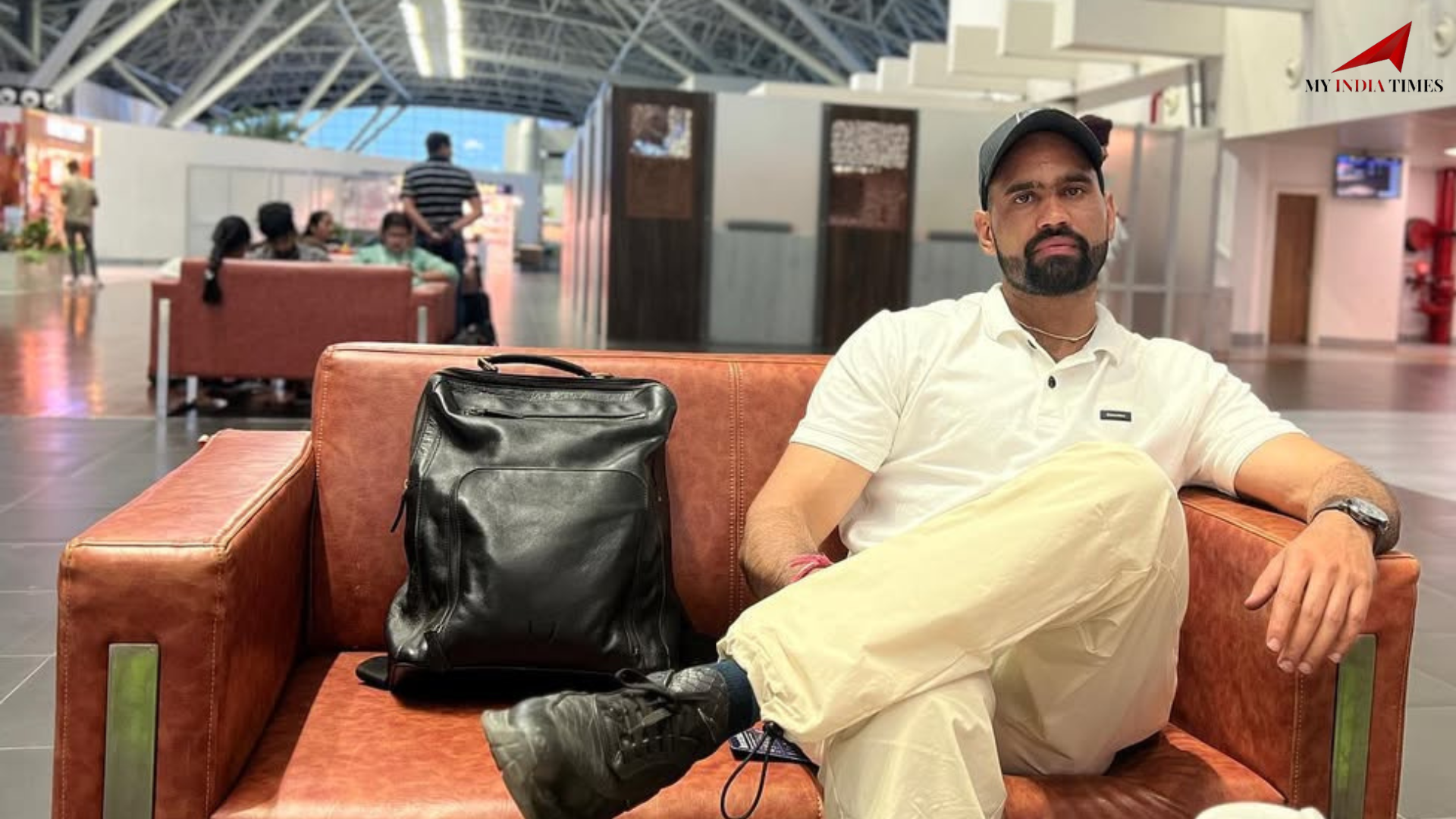

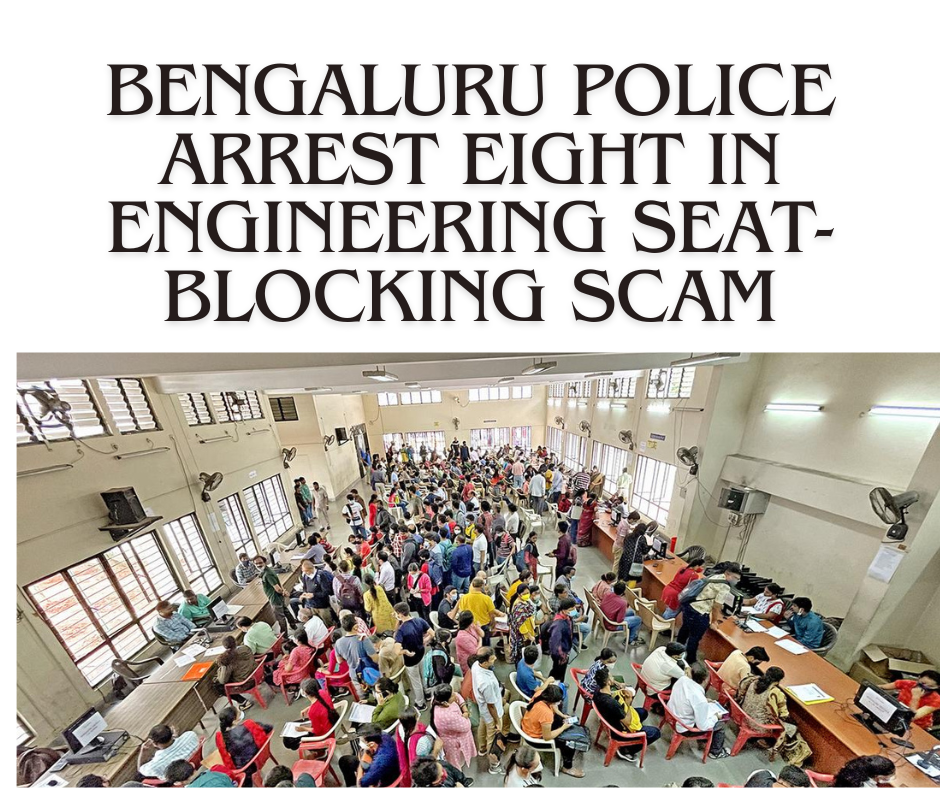
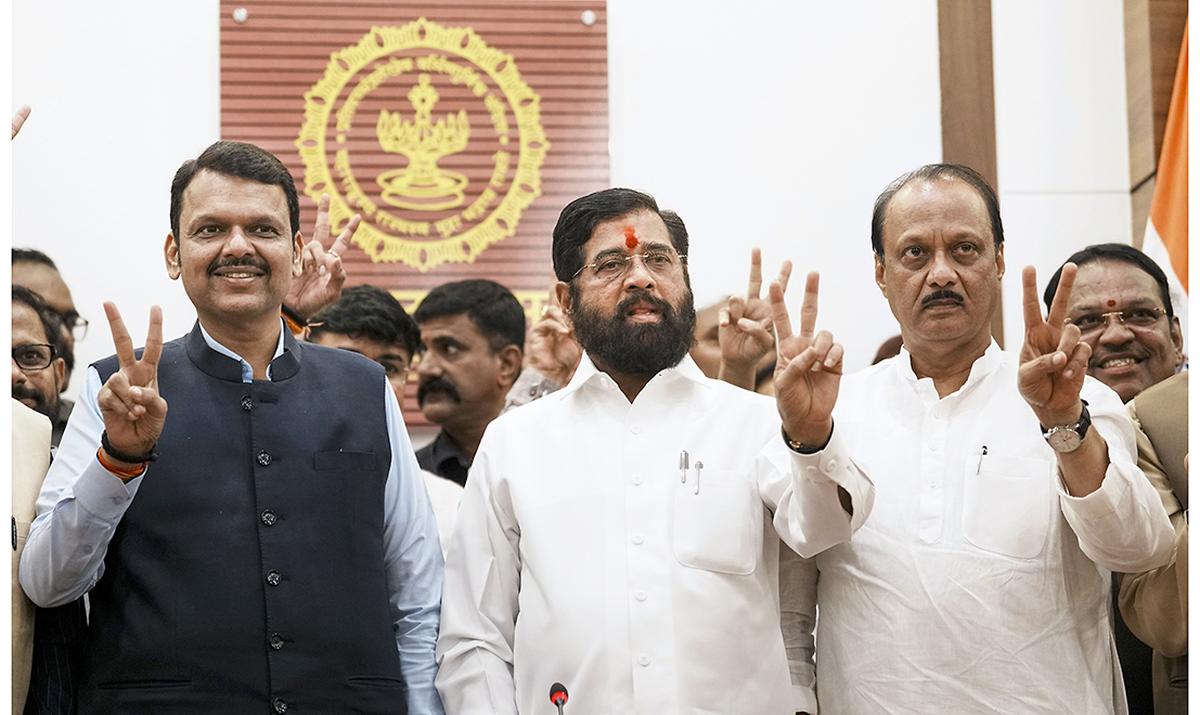
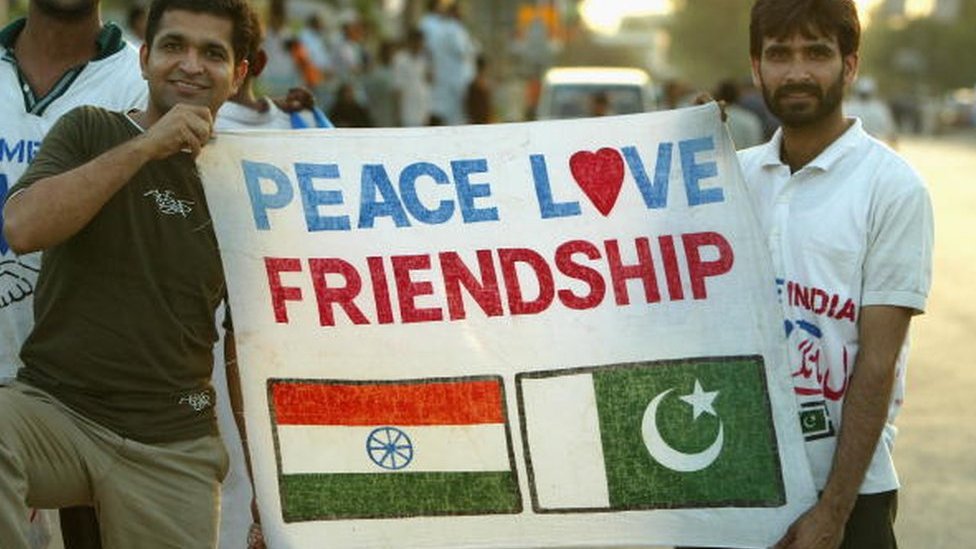
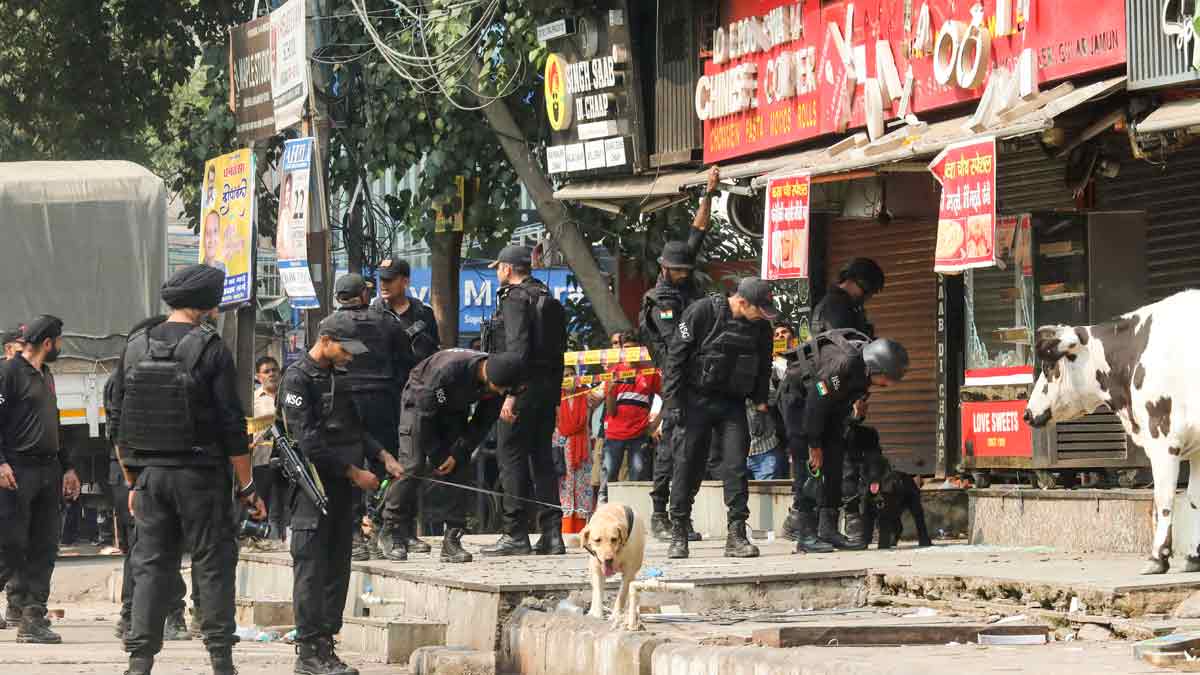


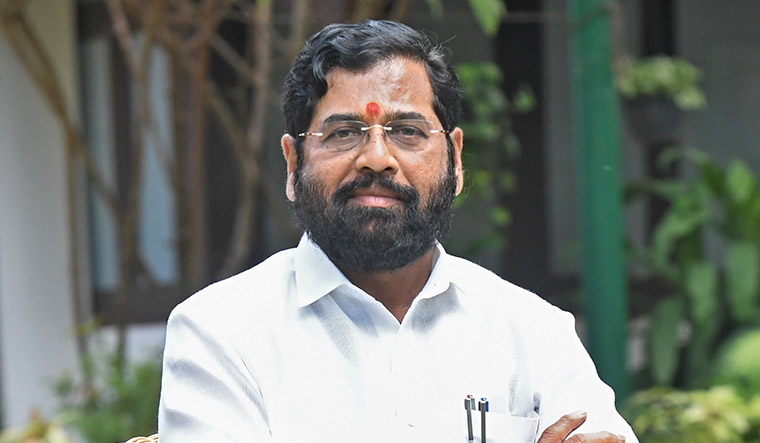
.png)
 (1).png)
